Sometimes a long running series loses steam. Sequels underperform, stories feel stale, and fans drift away. Then one entry turns everything around with the right mix of fresh ideas, confident filmmaking, and a clear plan for what comes next. These are the movies that reversed declines, brought audiences back, and reopened doors studios had nearly closed.
Each pick below explains what shape the franchise was in before the turnaround and how a single film reset expectations. You will find the concrete changes that made the difference like creative teams, casting shifts, production approaches, and follow up results such as renewed box office strength and new installments moving forward.
‘Batman Begins’ (2005)
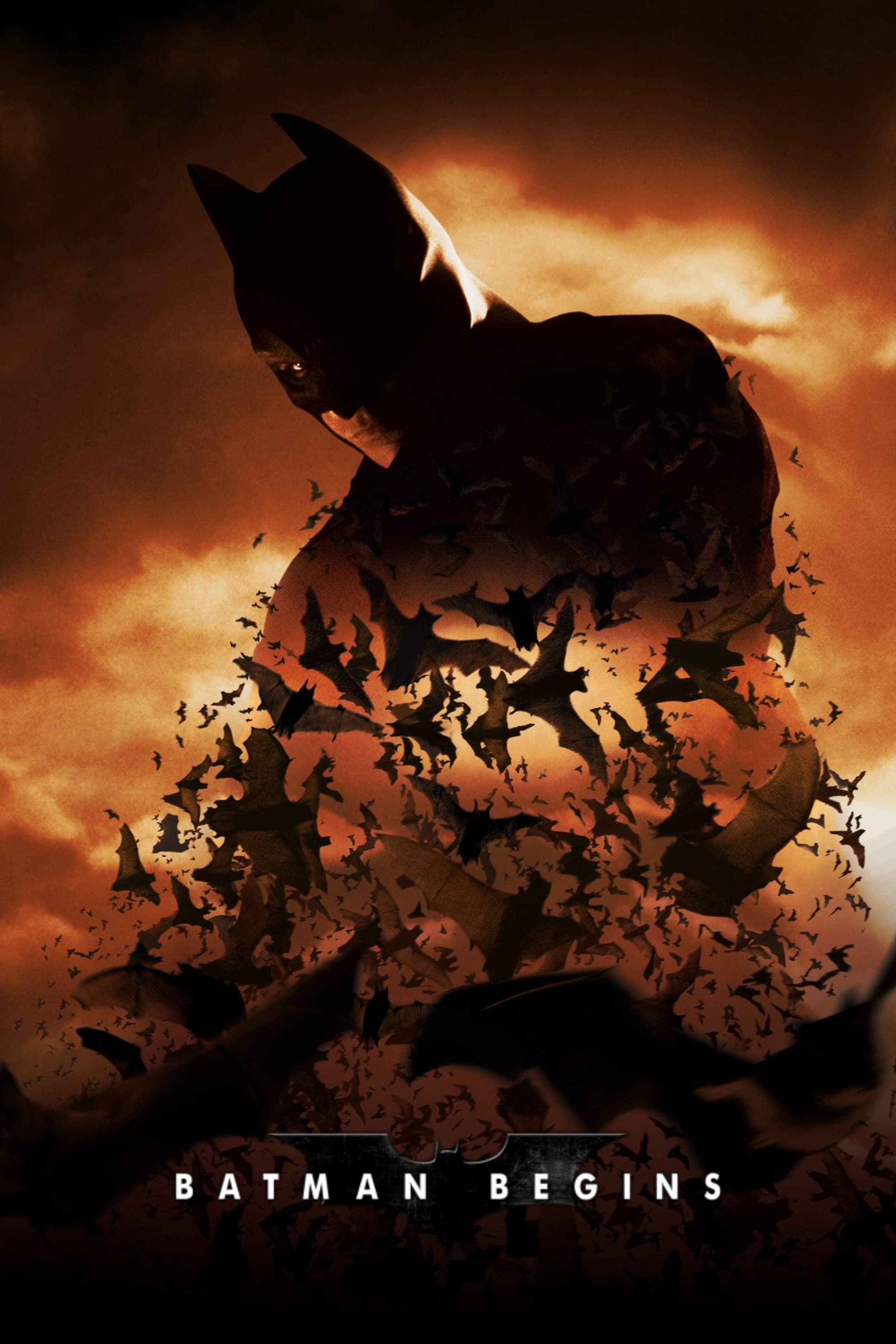 Warner Bros. Pictures
Warner Bros. PicturesBefore this reboot the brand was struggling with waning interest and critical fatigue after earlier entries left the character adrift. Warner Bros reset the slate and handed the reins to a filmmaker who grounded the world in practical action and a crime thriller framework while rebuilding the origin from the ground up.
The film introduced a coherent tone, a realistic production design, and a character driven arc that audiences could track across future installments. Its success restored studio confidence, unlocked a new trilogy, and turned the series into an anchor for modern comic book storytelling.
‘Casino Royale’ (2006)
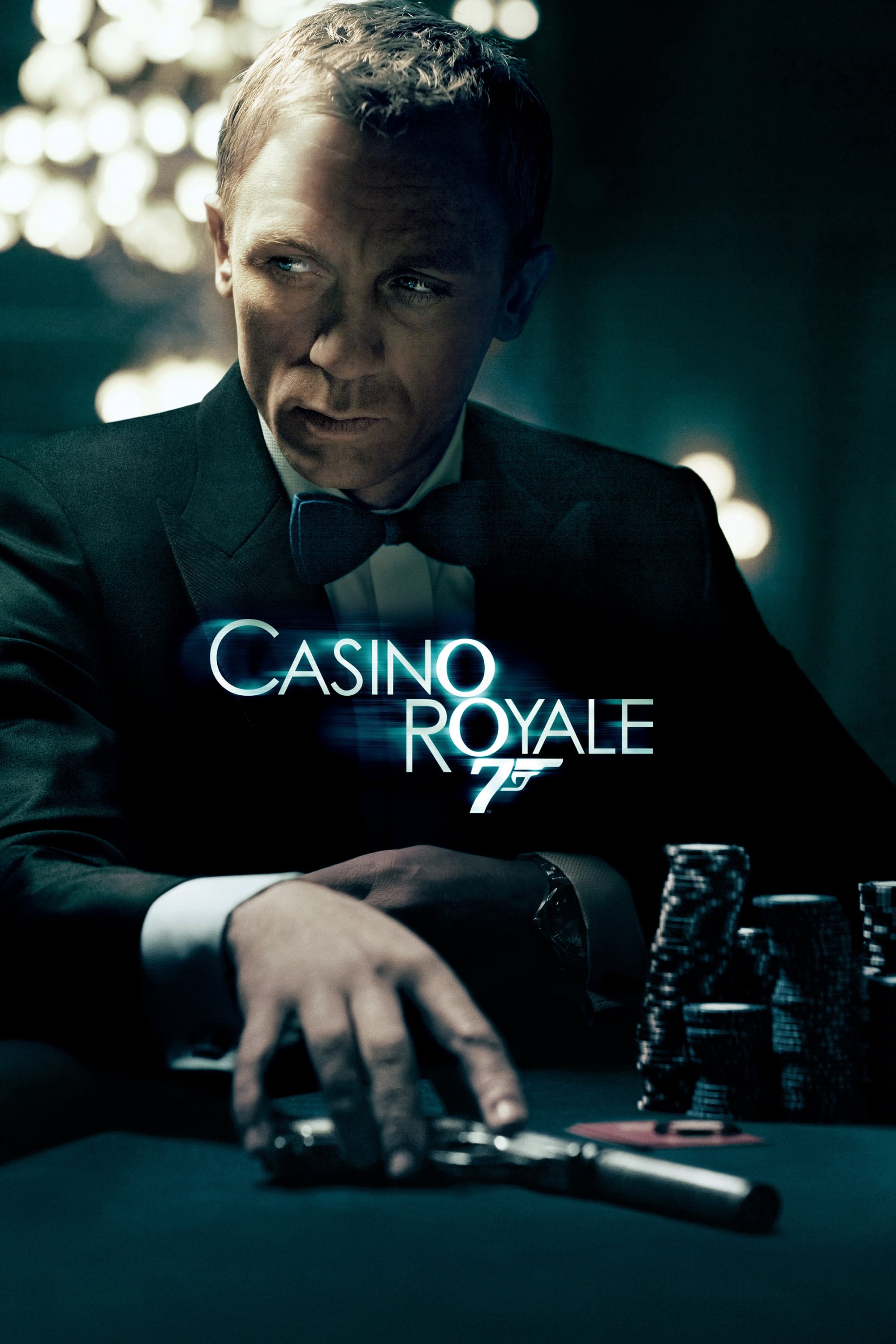 Columbia Pictures
Columbia PicturesAfter a run that leaned heavily on spectacle the series needed a sharp course correction. Producers chose a hard reset by adapting the first novel and reintroducing the hero at the start of his career with a more physical lead and a leaner narrative.
The result refreshed the formula with grounded set pieces, a poker driven plot, and emotional stakes that carried into subsequent films. The franchise regained momentum worldwide, secured bigger budgets, and established a modern template that influenced every entry that followed.
‘Star Trek’ (2009)
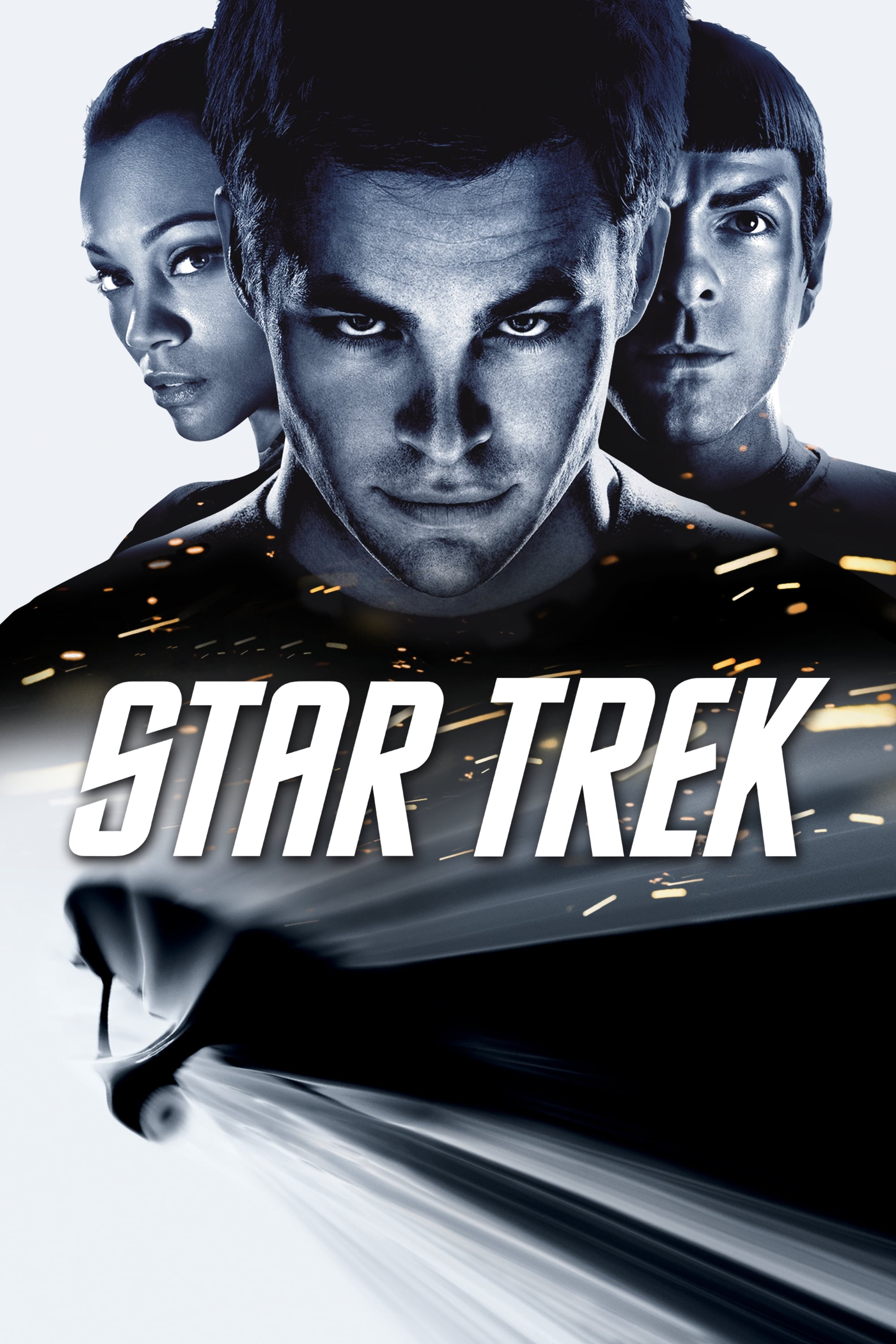 Paramount Pictures
Paramount PicturesThe brand faced dwindling returns and a sense of continuity overload that made it hard for newcomers to jump in. A new creative team solved this by recasting the original crew and using a time twist that honored canon without being trapped by it.
A bright visual style, energetic pacing, and character first storytelling brought lapsed viewers back while welcoming new fans. The revitalization led to multiple sequels, fresh merchandising deals, and a broader platform that supported new shows down the line.
‘Mission: Impossible – Ghost Protocol’ (2011)
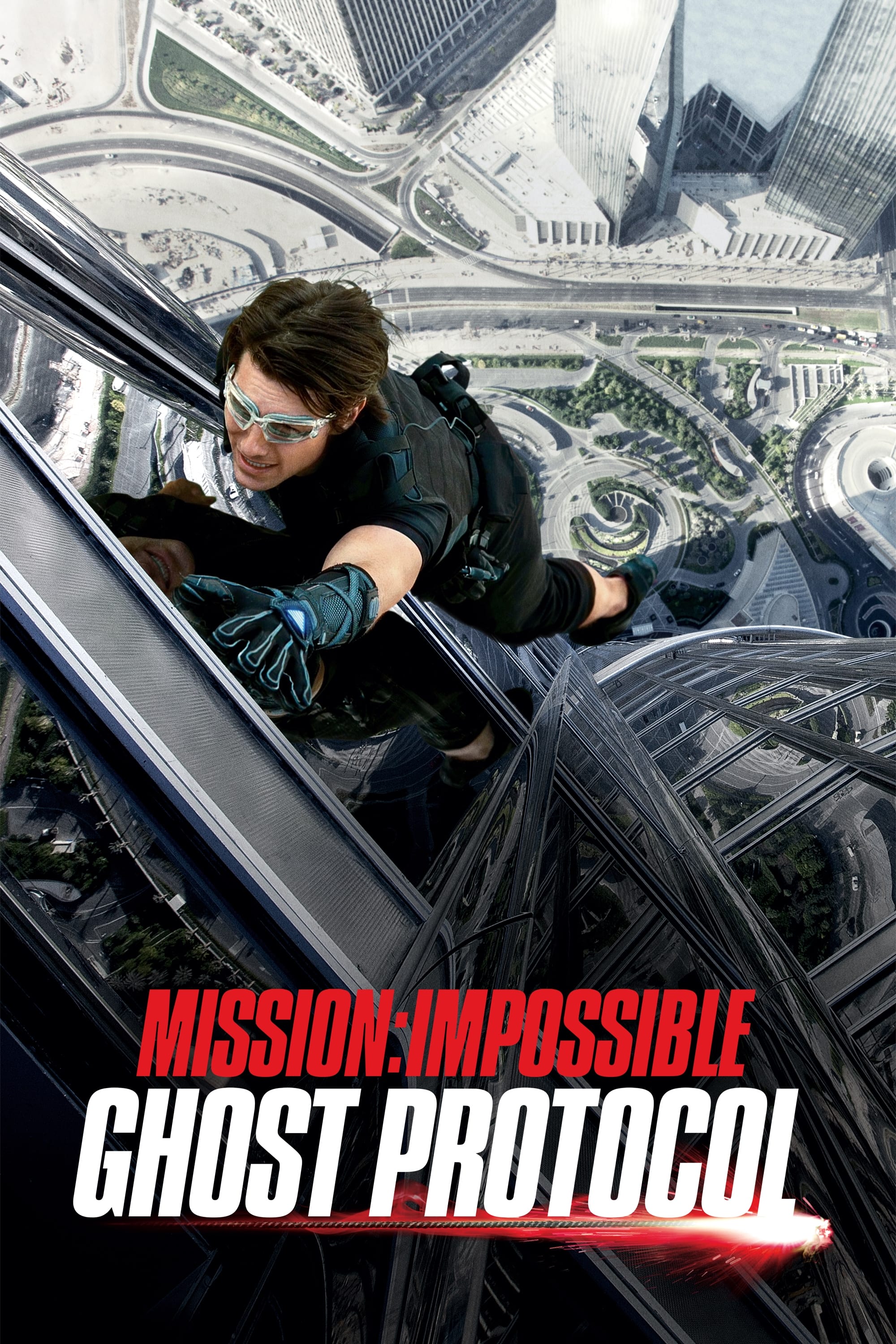 Paramount Pictures
Paramount PicturesAfter an installment that split audiences the series needed a reinvention. The production emphasized practical stunts, a tighter ensemble dynamic, and a globe trotting structure that felt like a precision heist machine.
A standout set piece on a record breaking skyscraper signaled the franchise’s new identity built around tangible action and playful spy teamwork. Strong word of mouth restored the brand’s event status and paved the way for a consistent run of follow ups that expanded the roster and the mythology.
‘Fast Five’ (2011)
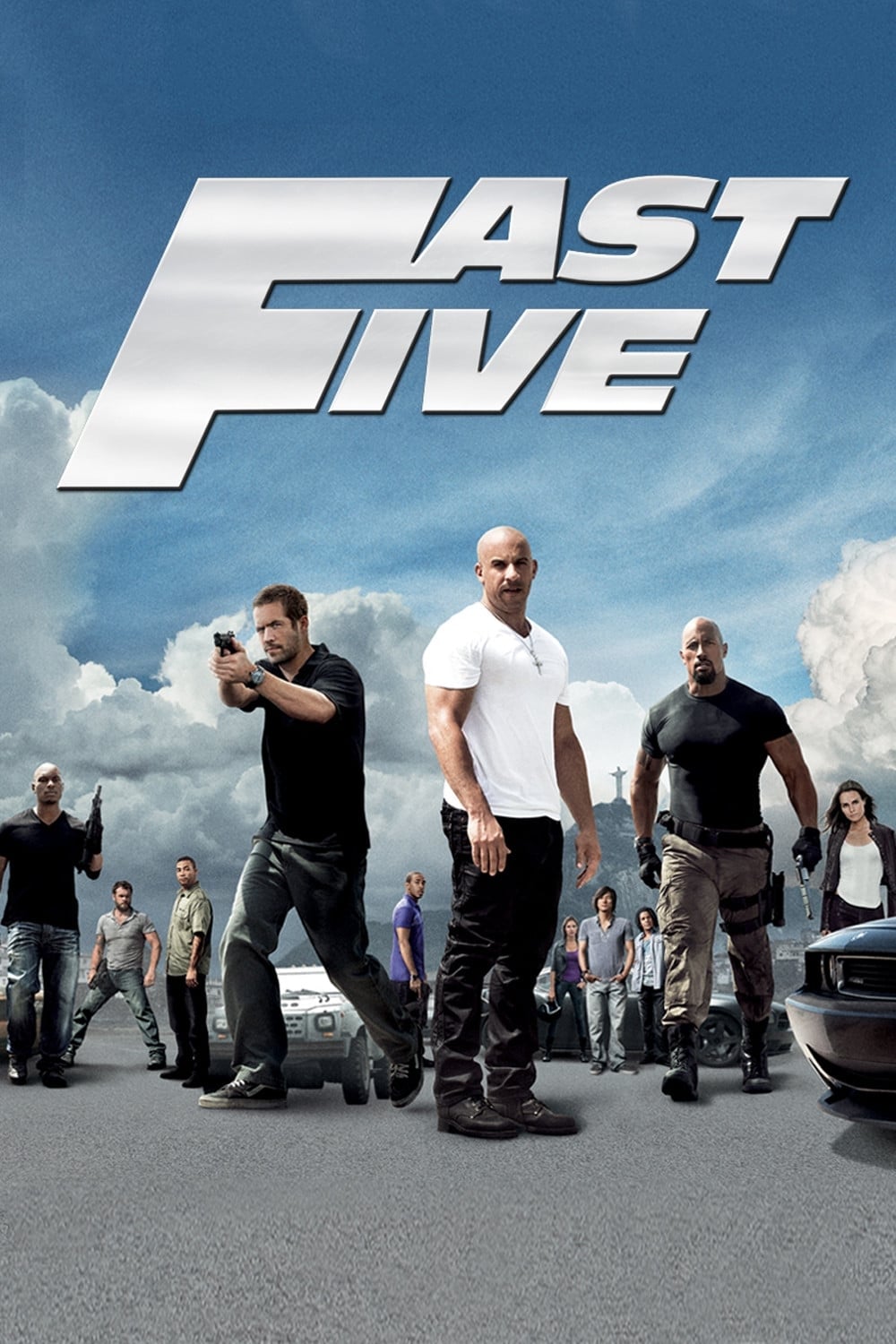 Universal Pictures
Universal PicturesThe street racing formula had lost speed as interest in the core setup waned. The pivot reframed the series as an international heist saga that reunited characters from across earlier films and introduced a formidable lawman foil.
By emphasizing team chemistry, large scale set pieces, and a travelogue of cities, the movie found a broader audience than the tuner niche. Its breakout performance relaunched the franchise as a global juggernaut and set the tone for every sequel thereafter.
‘X-Men: First Class’ (2011)
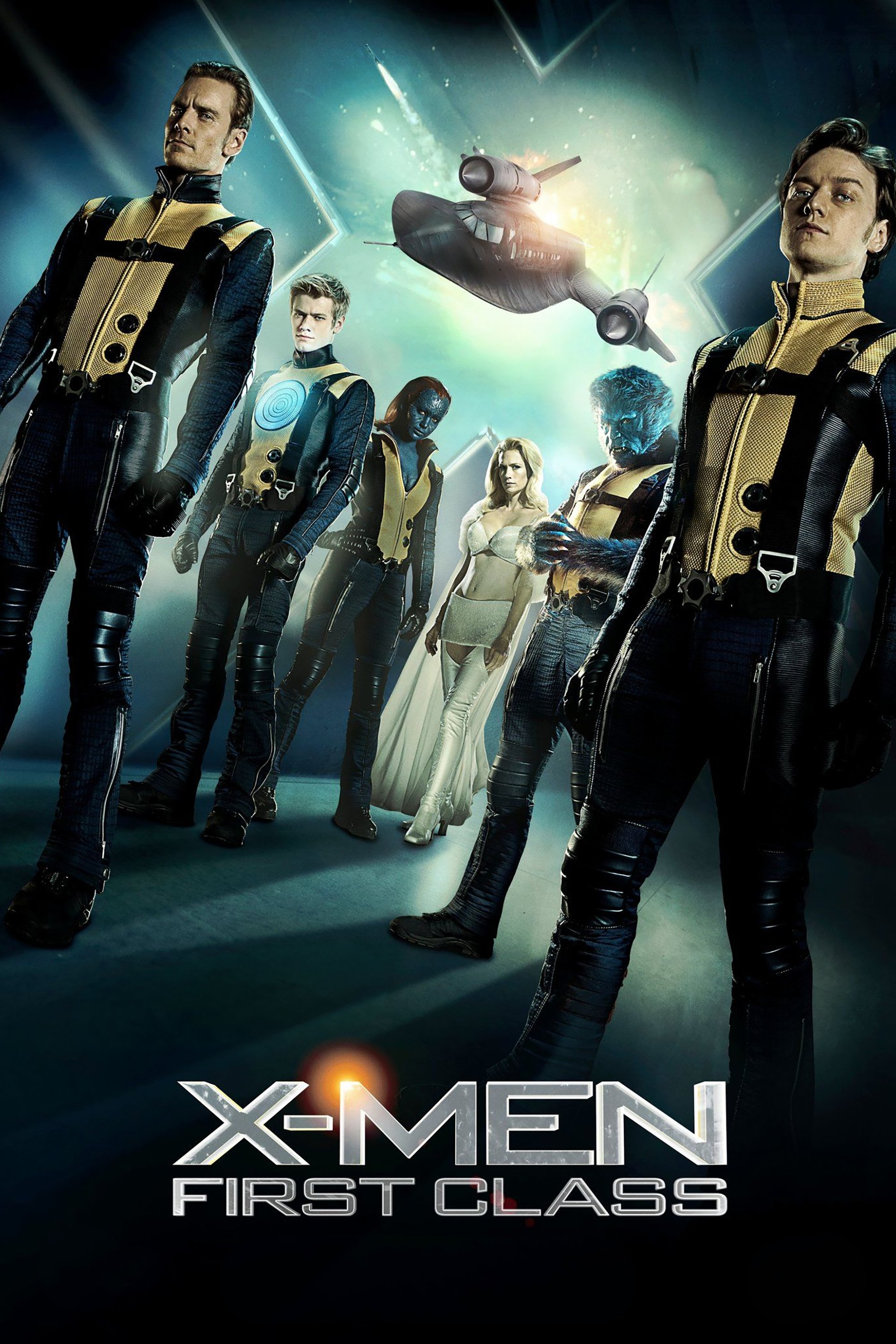 20th Century Fox
20th Century FoxContinuity snarls and uneven reception had cooled enthusiasm for mutant adventures. The solution was a soft reboot that rolled the clock back to the early days of the team, recast the leads, and reset relationships at their origin.
Focusing on the rivalry and friendship at the center of the saga gave the series a clear spine. The streamlined timeline and stylish period setting reenergized fans and enabled later entries to merge casts, resolve continuity issues, and restore the brand’s box office strength.
‘Rise of the Planet of the Apes’ (2011)
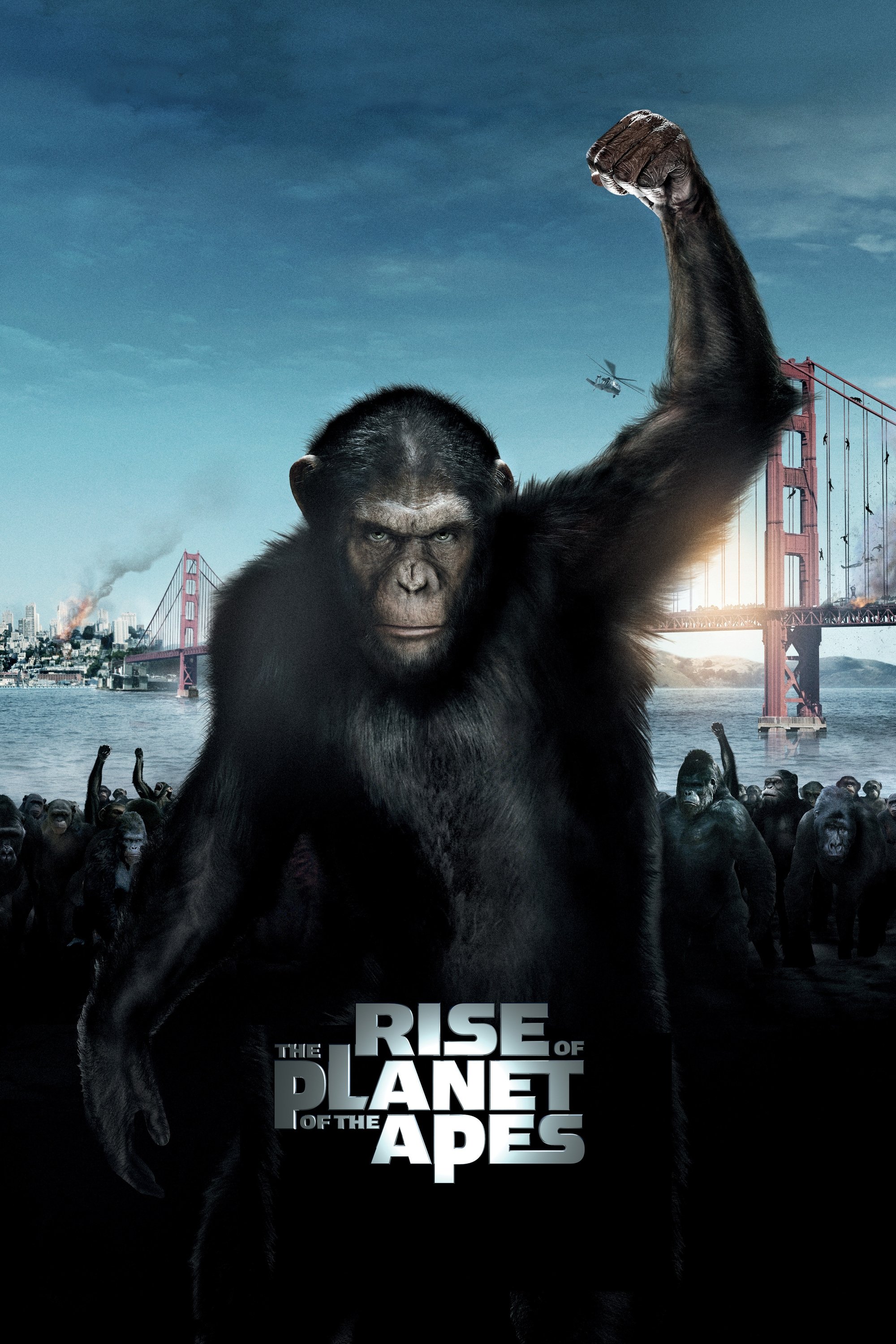 20th Century Fox
20th Century FoxAttempts to revive the property had struggled to find a compelling angle. This entry chose a character led approach that began with a single intelligent chimp and a contained human drama rather than starting at full scale dystopia.
Performance capture breakthroughs and a focus on empathy made the evolution feel plausible and emotionally engaging. The film’s success launched a new trilogy with consistent critical praise and steady growth, turning a dormant name into a prestige sci fi powerhouse.
‘Godzilla’ (2014)
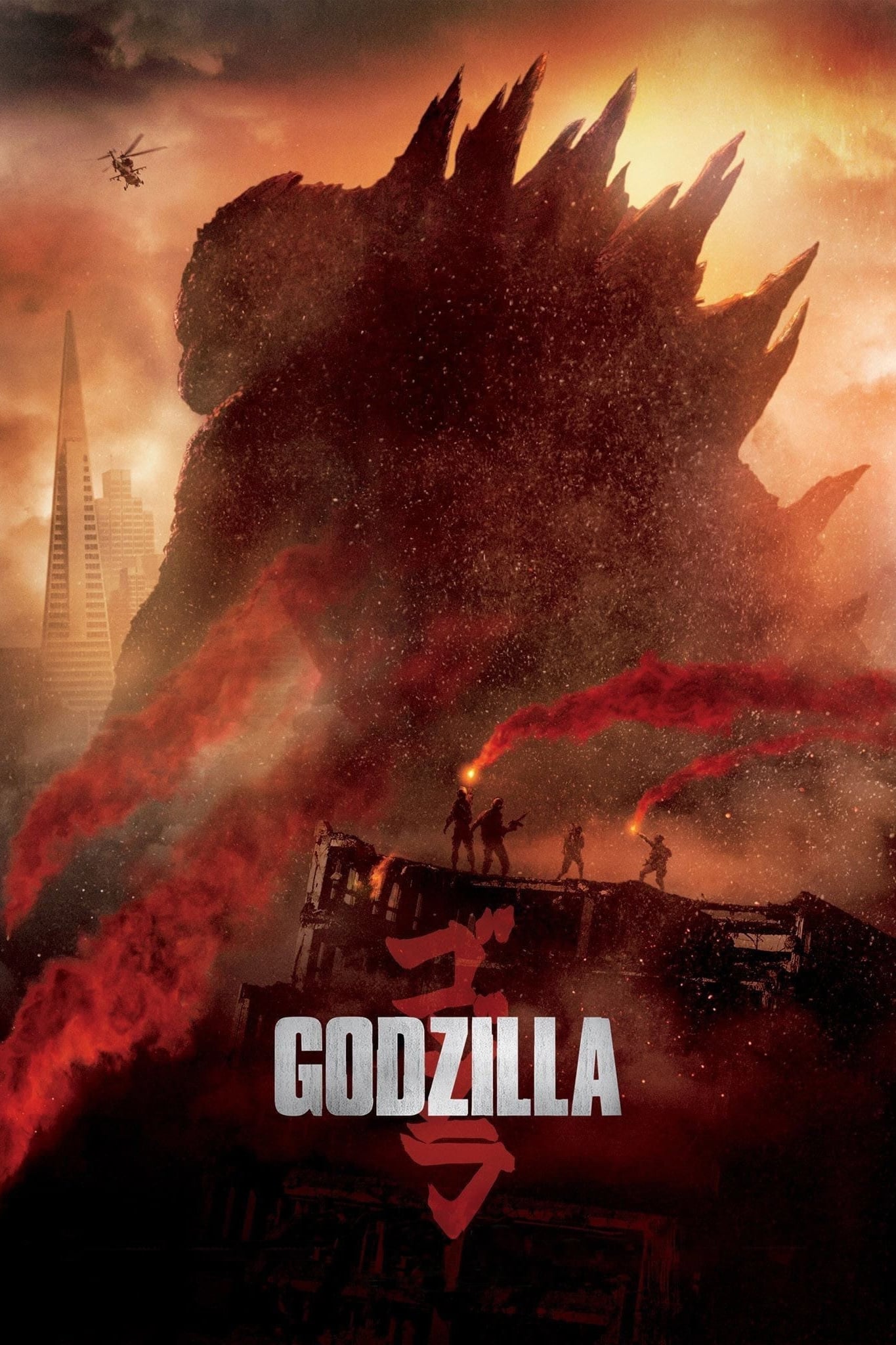 Legendary Pictures
Legendary PicturesWestern takes on the giant lizard had not stuck with mainstream audiences. A new start positioned the monster as part of a larger ecosystem of titans and treated the creature as a force of nature rather than a simple villain.
Spectacle anchored by restrained reveals and grounded military viewpoints restored a sense of awe. The strong response gave birth to an interconnected series that added allies and adversaries, culminating in crossover events that drew big crowds.
‘Jurassic World’ (2015)
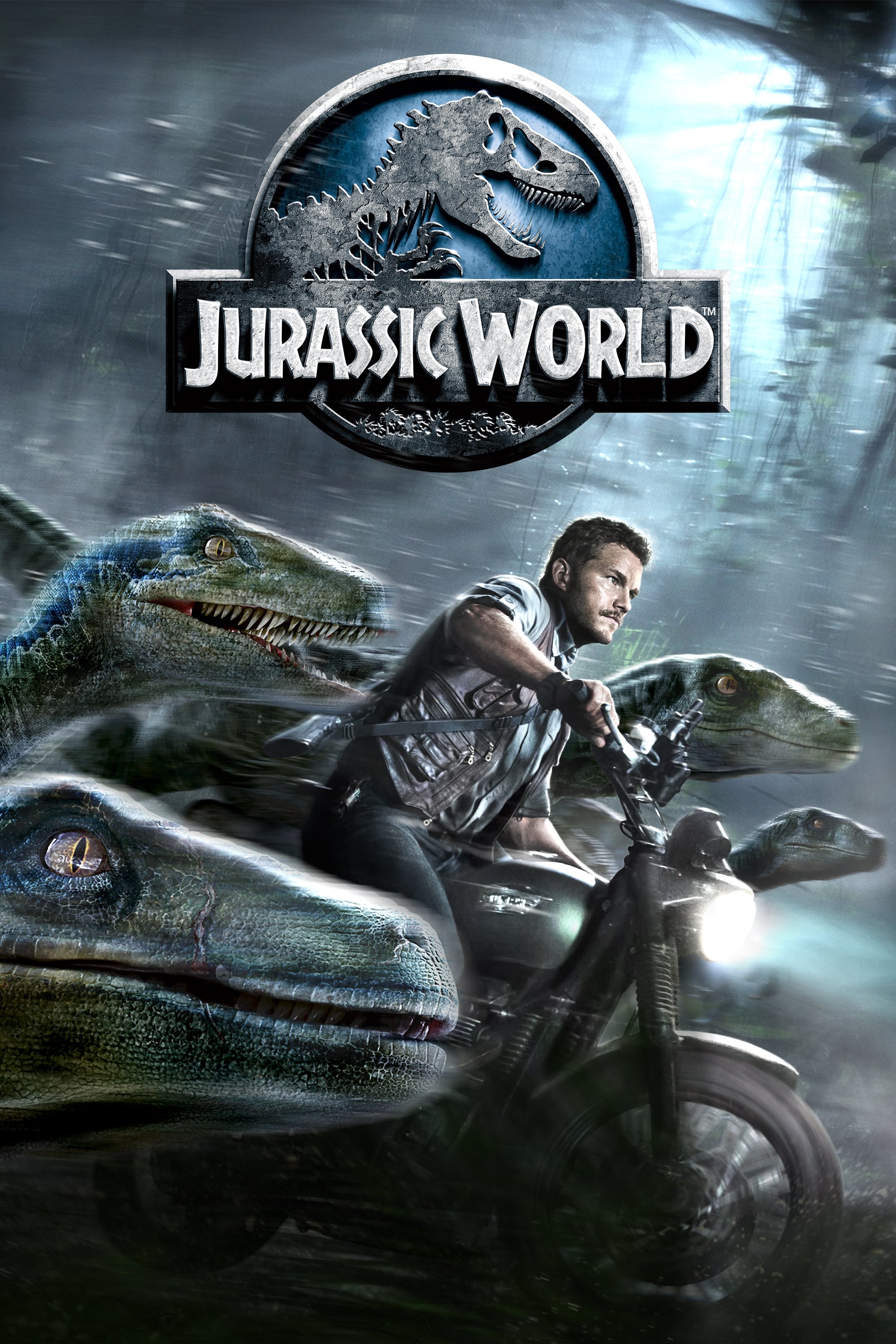 Universal Pictures
Universal PicturesThe dinosaur brand had faded after sequels that felt repetitive. The reset imagined a fully functioning park and used that premise to introduce new characters, new attractions, and new corporate complications.
By expanding the scale and tying thrills to theme park logistics, the story created stakes that resonated with families and longtime fans. The renewed energy kicked off a new cycle of films, major licensing pushes, and theme park integrations worldwide.
‘Mad Max: Fury Road’ (2015)
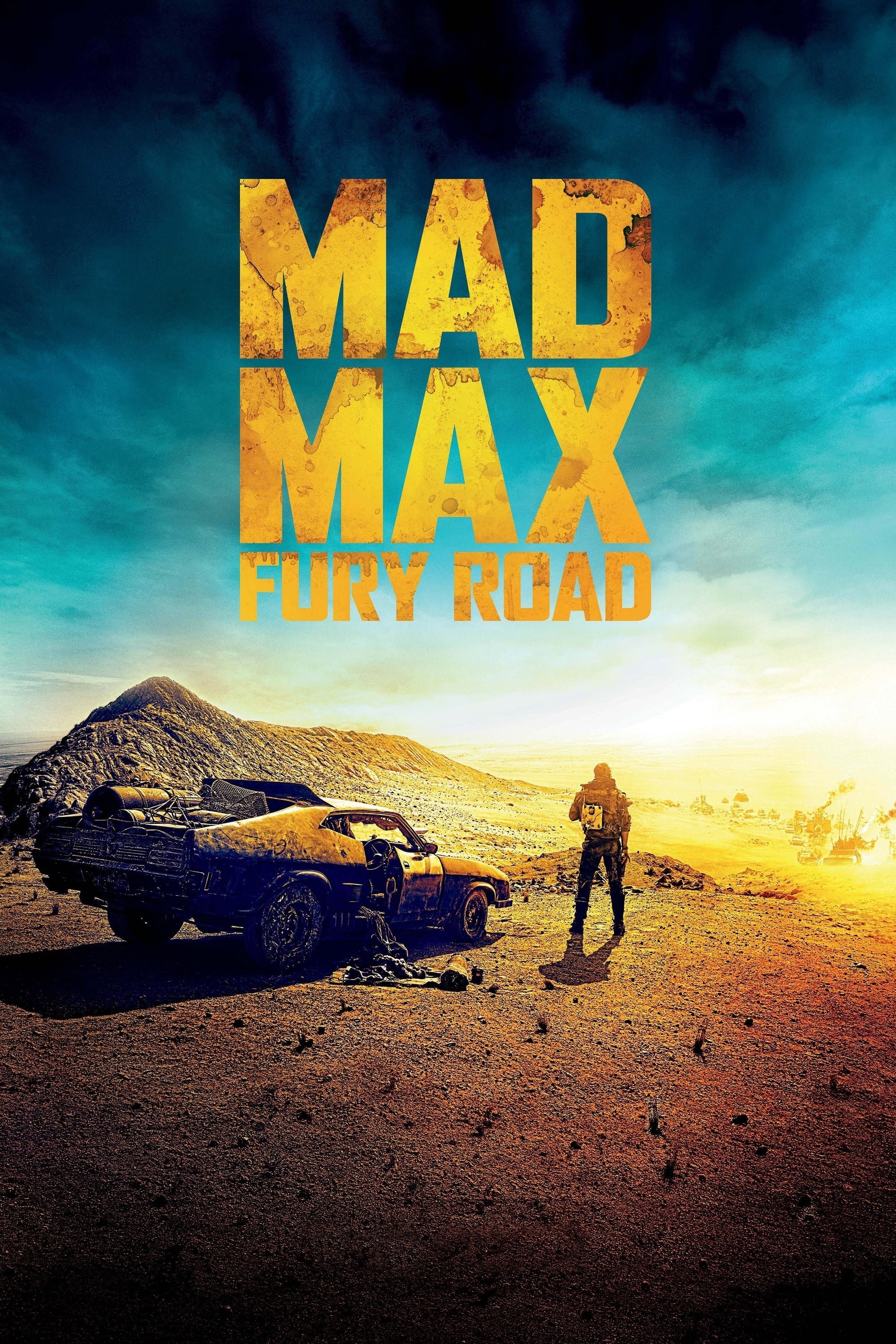 Warner Bros. Pictures
Warner Bros. PicturesThe wasteland saga had been quiet for a long stretch and risked becoming a relic. The comeback kept the setting but streamlined the plot into a relentless chase that spotlighted vehicular stunts and visual storytelling.
Meticulous practical effects and minimal exposition made the world feel immediately alive. The impact reignited interest in the universe, led to a follow up focusing on a breakout character, and reestablished the franchise as a benchmark for action craftsmanship.
‘Creed’ (2015)
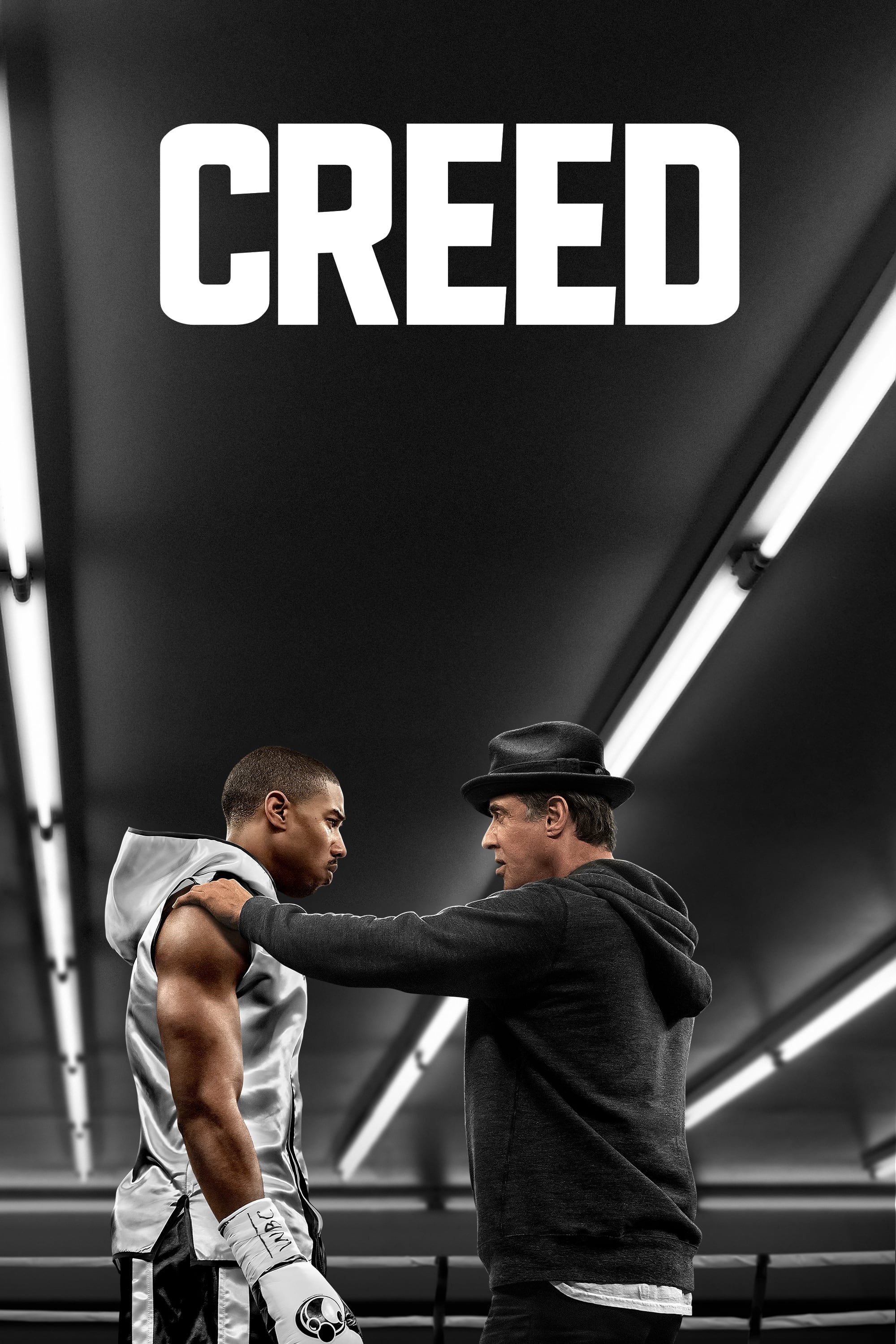 Metro-Goldwyn-Mayer
Metro-Goldwyn-MayerThe boxing series had drifted after experiments that did not fully land. This spin off found the key by shifting the perspective to the son of a beloved fighter while keeping the mentor’s legacy in play.
Fresh training arcs, grounded family stakes, and smart use of the icon’s history connected with a new generation. Strong results opened a new branch of the series, sustained multiple sequels, and brought renewed cultural relevance to a classic sports brand.
‘Star Wars: The Force Awakens’ (2015)
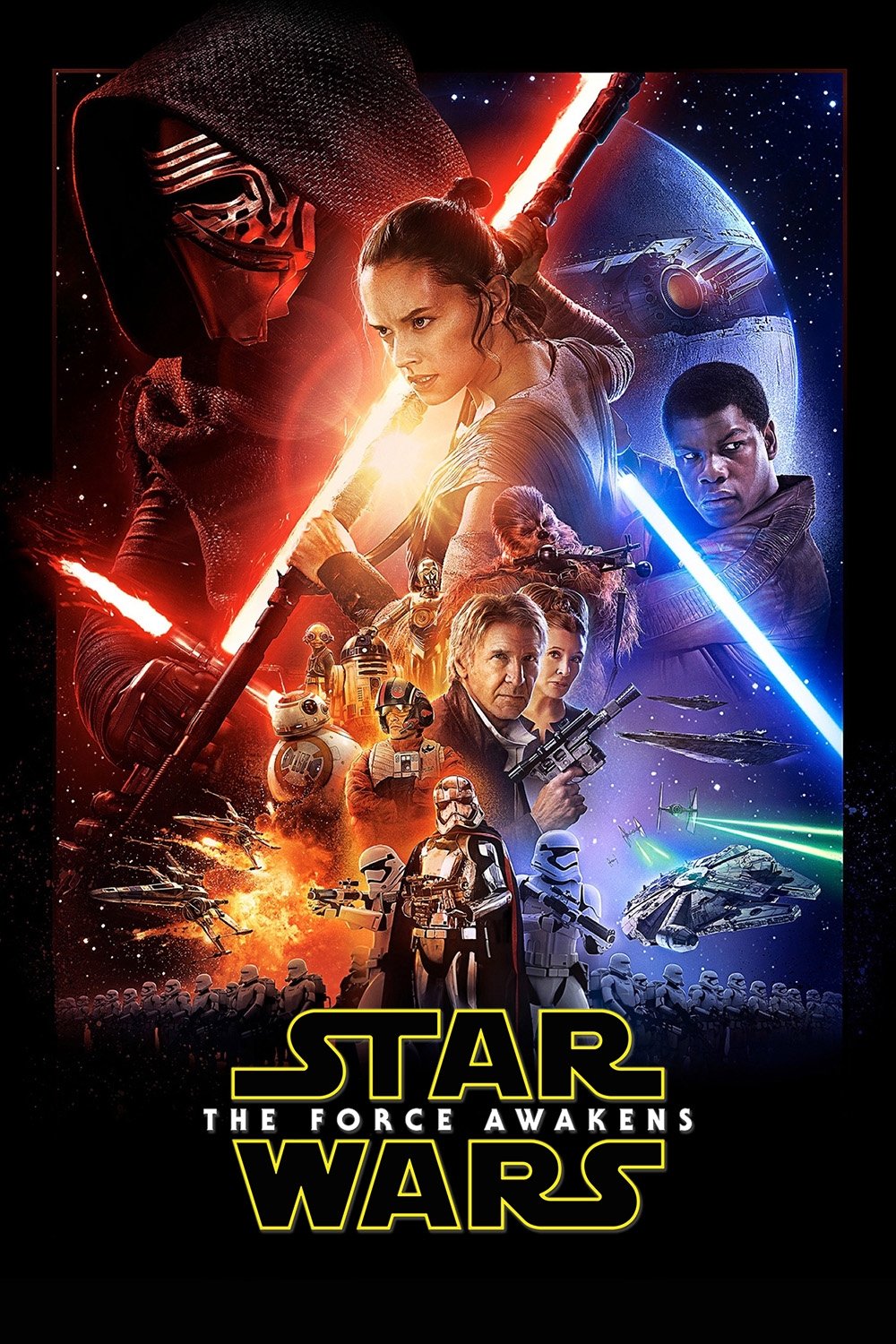 Lucasfilm Ltd.
Lucasfilm Ltd.The galaxy far away needed a big screen reintroduction after a long pause. The film mixed familiar archetypes with new heroes, restored the tactile look, and centered the narrative on a search that united old and new casts.
A crowd pleasing blend of adventure and mystery reignited global enthusiasm. The surge powered new theatrical entries, streaming series, publishing lines, and an expanded slate of live experiences that kept the franchise in constant conversation.
‘Shin Godzilla’ (2016)
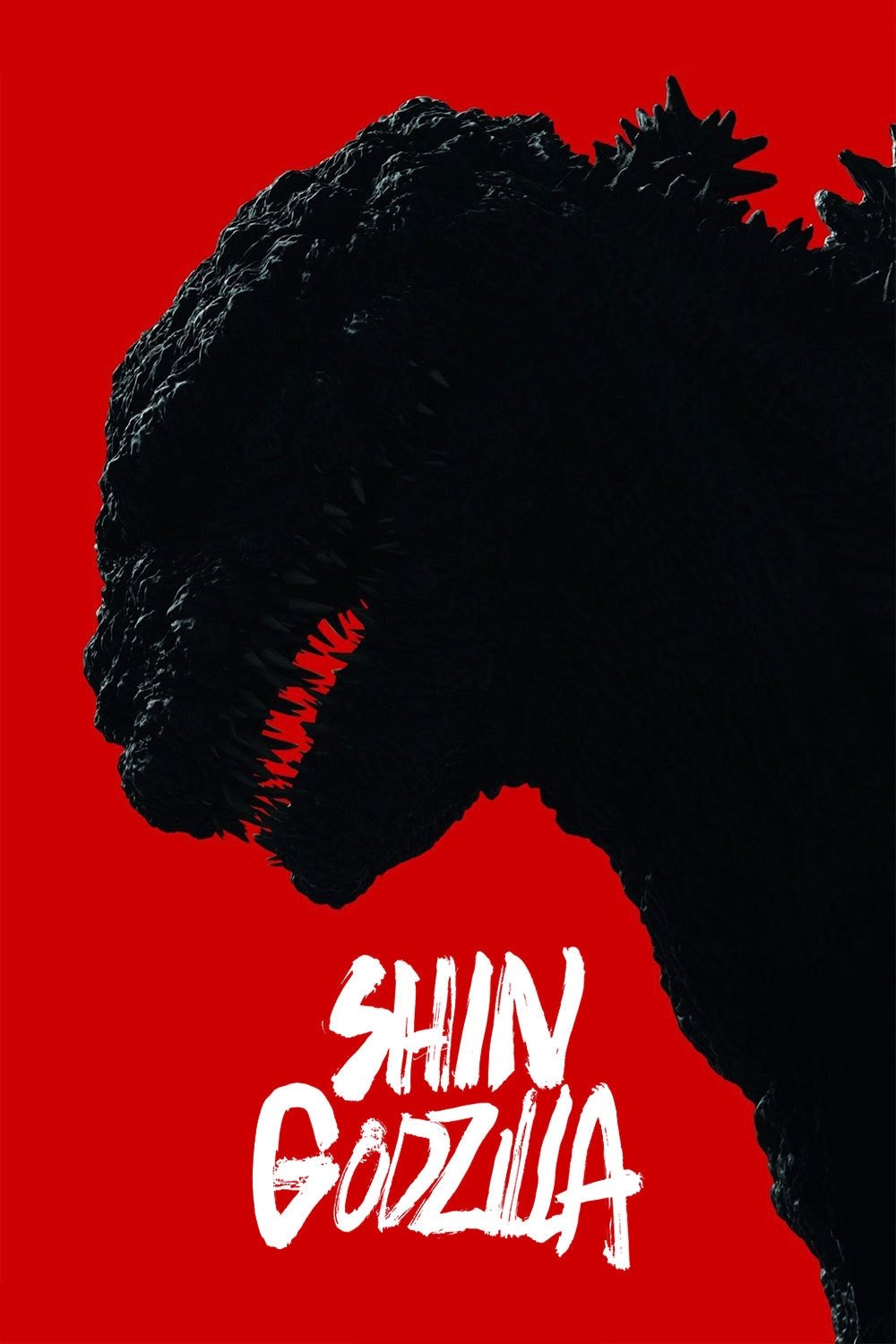 Toho Pictures
Toho PicturesAt home the kaiju icon required a creative jolt. Toho backed a filmmaker duo who reframed the monster as a fast evolving national crisis and approached the story as a procedural about institutional response.
Rapid fire briefing rooms, evolving creature forms, and satirical bite gave the brand a modern identity in its origin market. Critical and commercial success revived domestic prestige and influenced later entries by showing how the character can reflect contemporary anxieties.
‘Spider-Man: Homecoming’ (2017)
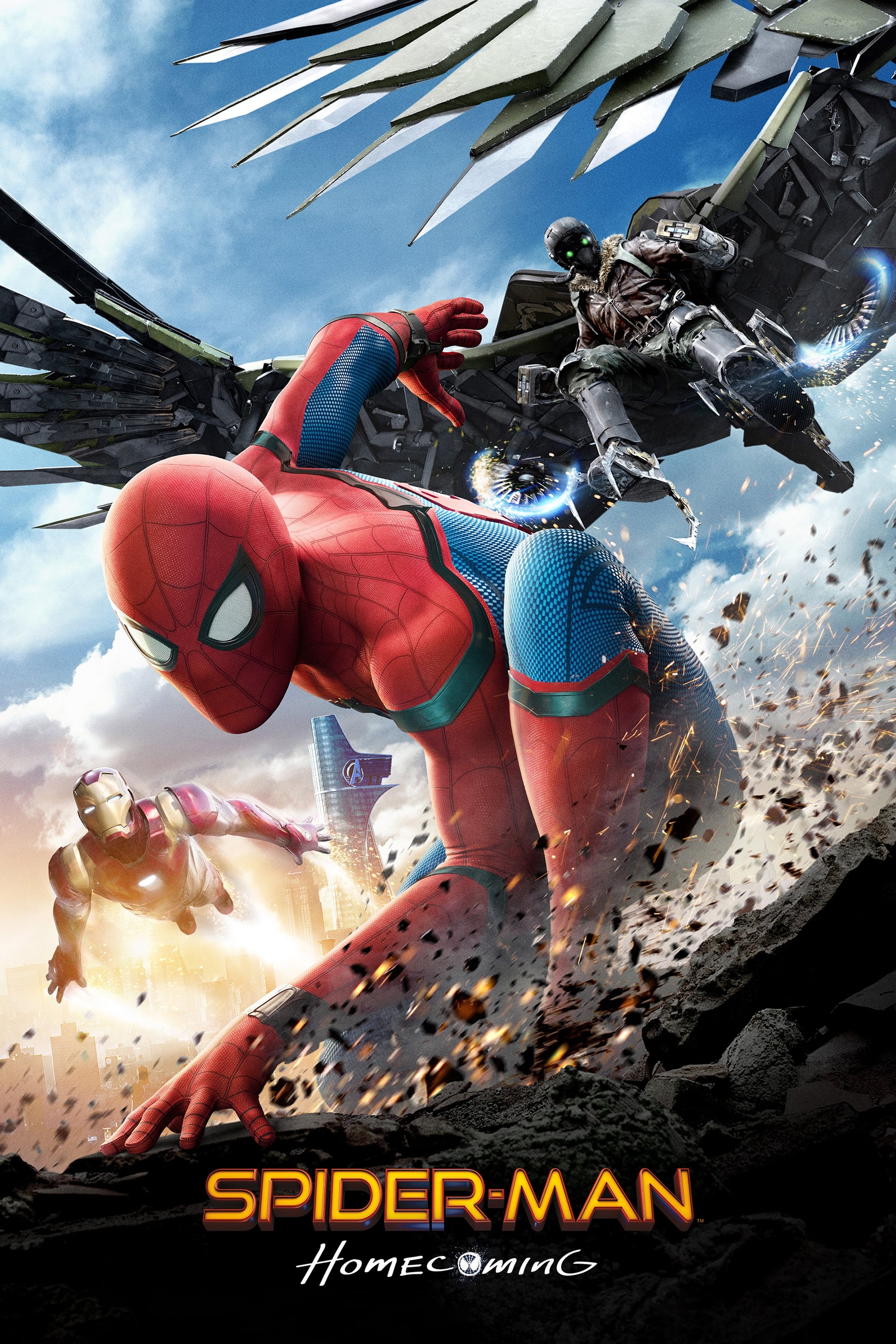 Marvel Studios
Marvel StudiosThe web slinger’s previous chapter left the character at a crossroads. A partnership aligned the hero with a larger superhero universe while refocusing on high school life and neighborhood scale problems.
A lighter tone, a relatable villain, and seamless connections to wider events made the movie feel fresh without retelling the same origin. The restored momentum unlocked a full trilogy and maintained strong audience goodwill for subsequent appearances.
‘Jumanji: Welcome to the Jungle’ (2017)
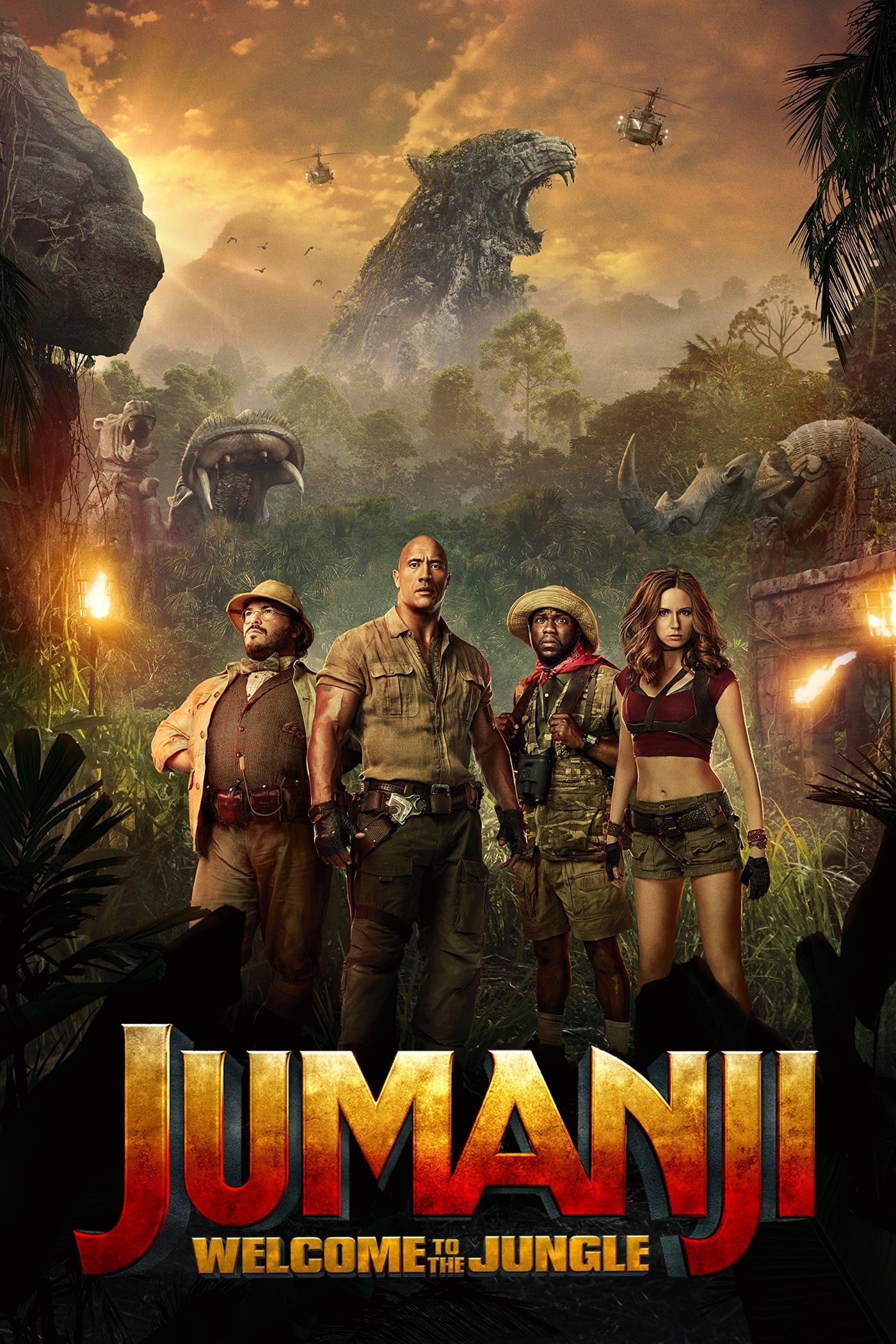 Columbia Pictures
Columbia PicturesThe property had been quiet with no clear path forward. The revival reimagined the board game as a video game that pulls players inside, turning teens into adult avatars with mismatched abilities.
Body swap humor, co op style challenges, and clear level goals created a family friendly adventure blueprint. The film’s performance produced a swift sequel, cross media tie ins, and a durable ensemble that kept the series alive and well.
‘Halloween’ (2018)
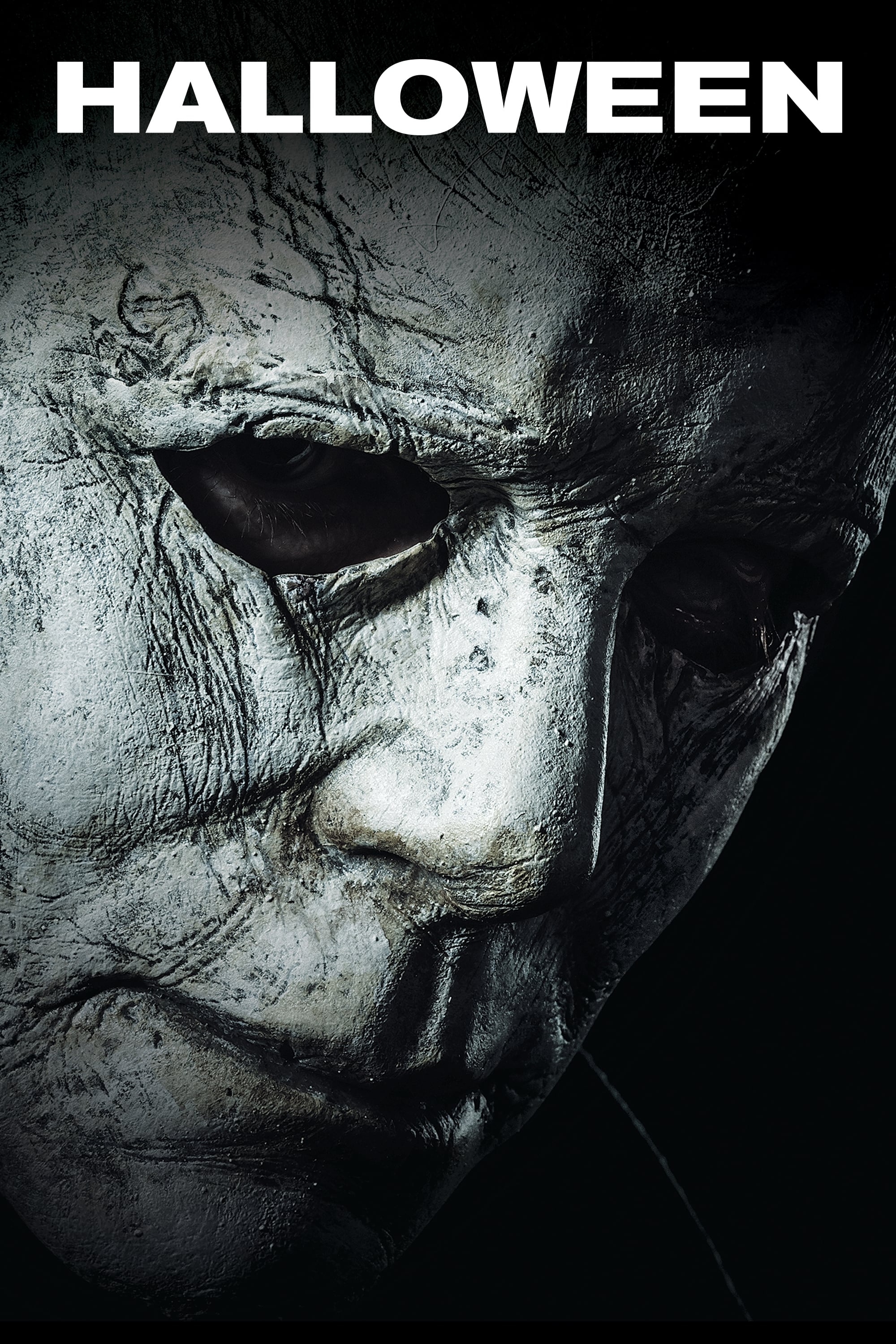 Universal Pictures
Universal PicturesMultiple timelines and mixed reception had left the slasher legend on shaky ground. The new chapter simplified the continuity by treating only the original as canon and brought back the final girl to confront the threat again.
A focus on trauma, small town dynamics, and practical effects restored credibility. Strong turnout justified a planned arc across additional films and returned the brand to seasonal event status for audiences and exhibitors.
‘Bumblebee’ (2018)
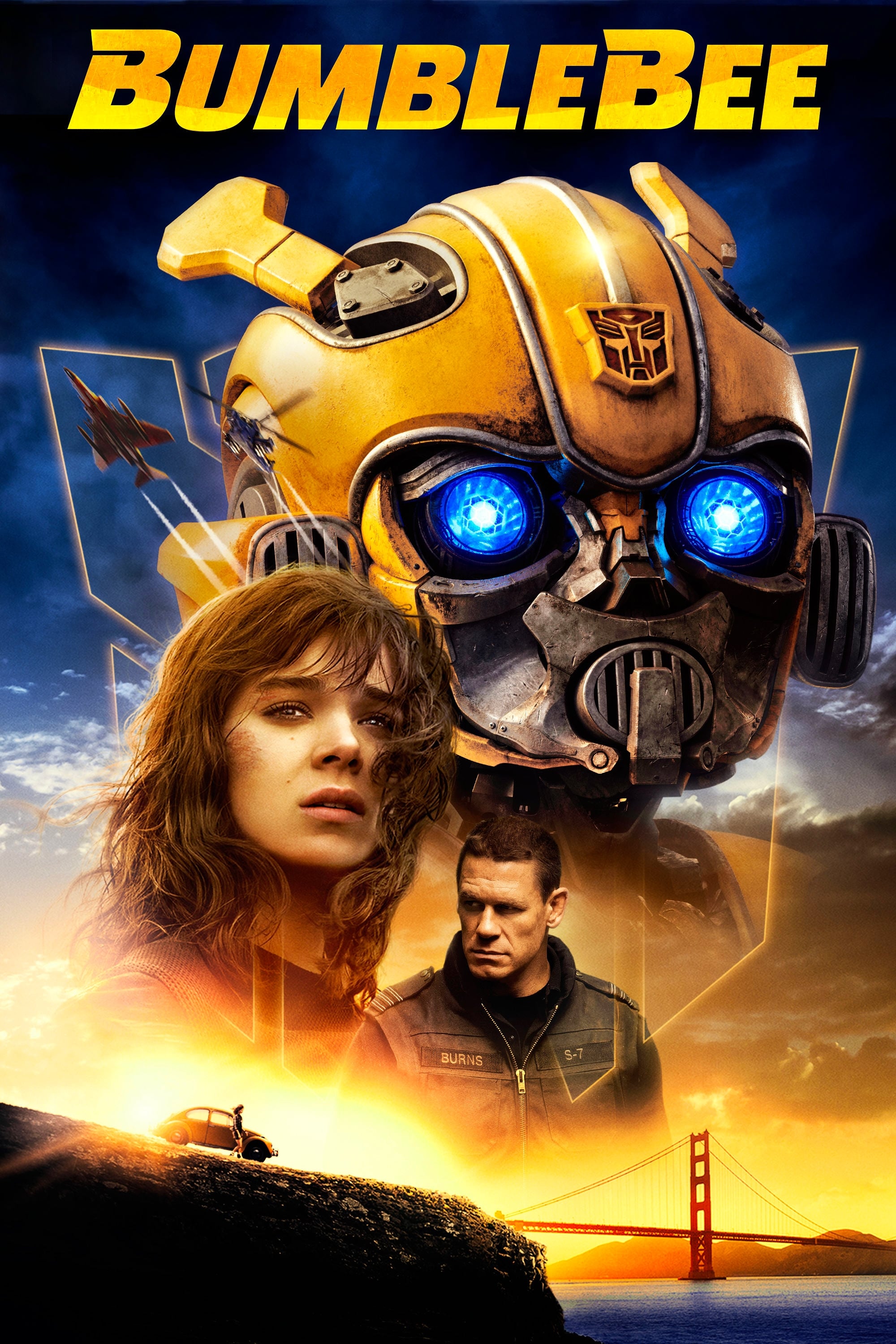 Paramount Pictures
Paramount PicturesBombast heavy installments had worn out casual viewers. This prequel spun the camera down to a single Autobot and a human friend, setting the story in a smaller town with character driven stakes.
Gentler humor, clearer action geography, and a heartfelt bond gave the series a new entry point. Positive reception recalibrated the franchise’s direction and informed later projects that balanced spectacle with story.
‘Bad Boys for Life’ (2020)
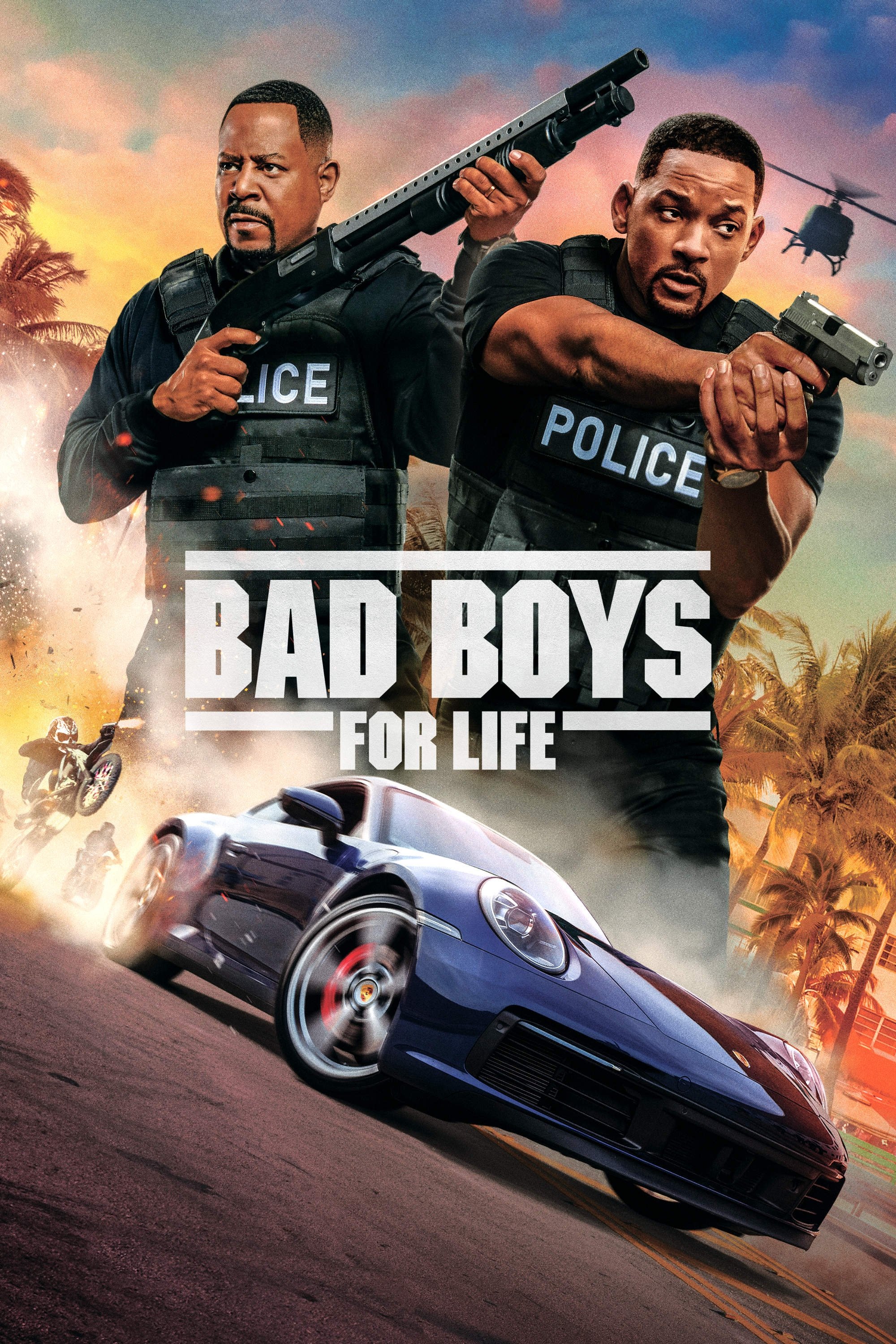 Columbia Pictures
Columbia PicturesThe buddy cop duo had been off screens for a long time with uncertainty about further entries. The comeback leaned into aging partners facing new threats and introduced younger team members to expand the world.
A mix of legacy chemistry and fresh supporting players struck the right balance. Strong turnout relaunched the brand, led to another sequel, and refreshed interest in the banter driven action formula.
‘Prey’ (2022)
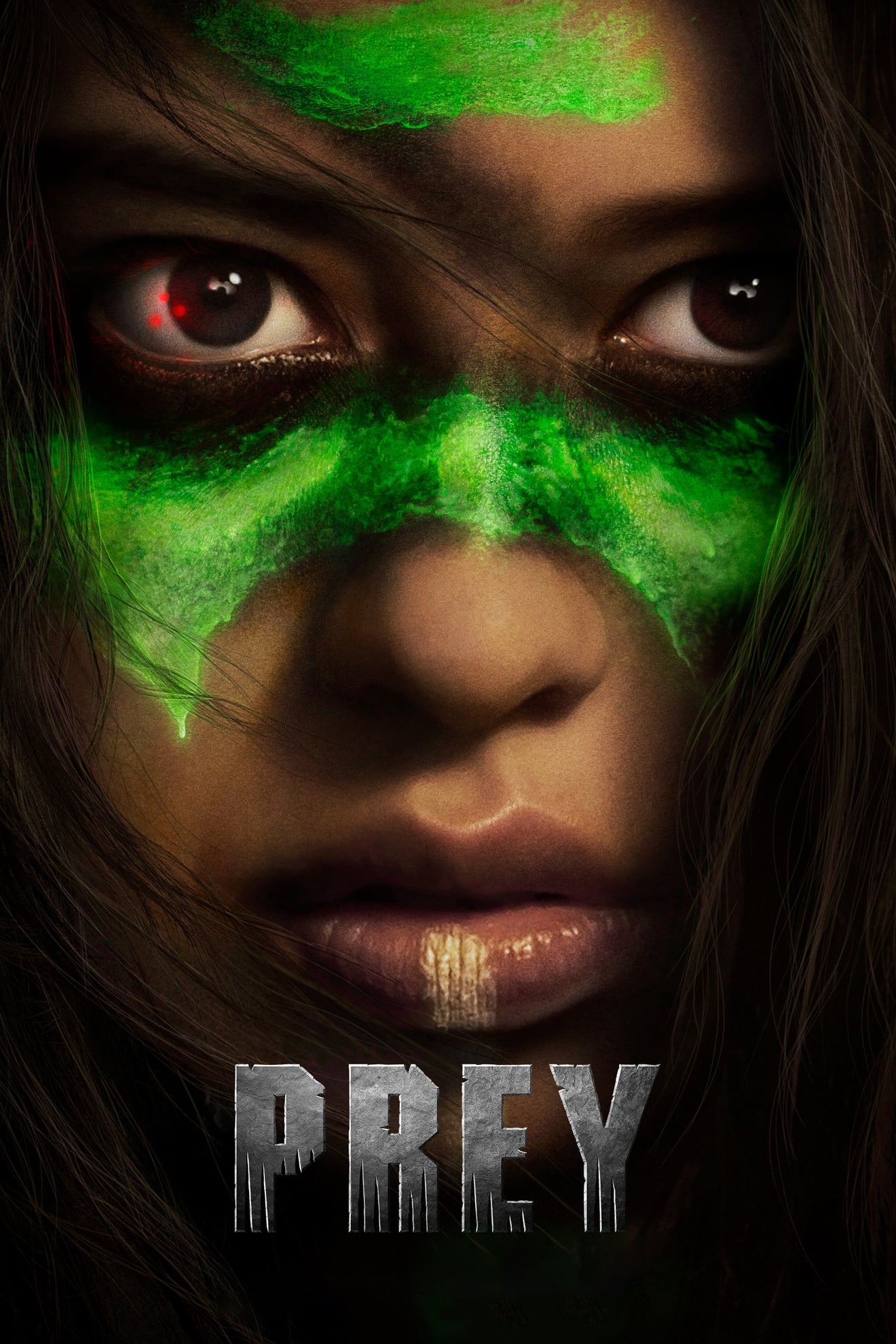 20th Century Studios
20th Century StudiosThe hunter series had suffered through uneven sequels and spinoffs. This installment rewound to a much earlier era, changed the setting to the Northern Plains, and centered on a young warrior proving herself.
By stripping the concept to survival basics and emphasizing stealth and strategy, the film restored tension and credibility. Its reception revived enthusiasm for future entries and showed the franchise can thrive with self contained stories in new times and places.
‘Teenage Mutant Ninja Turtles: Mutant Mayhem’ (2023)
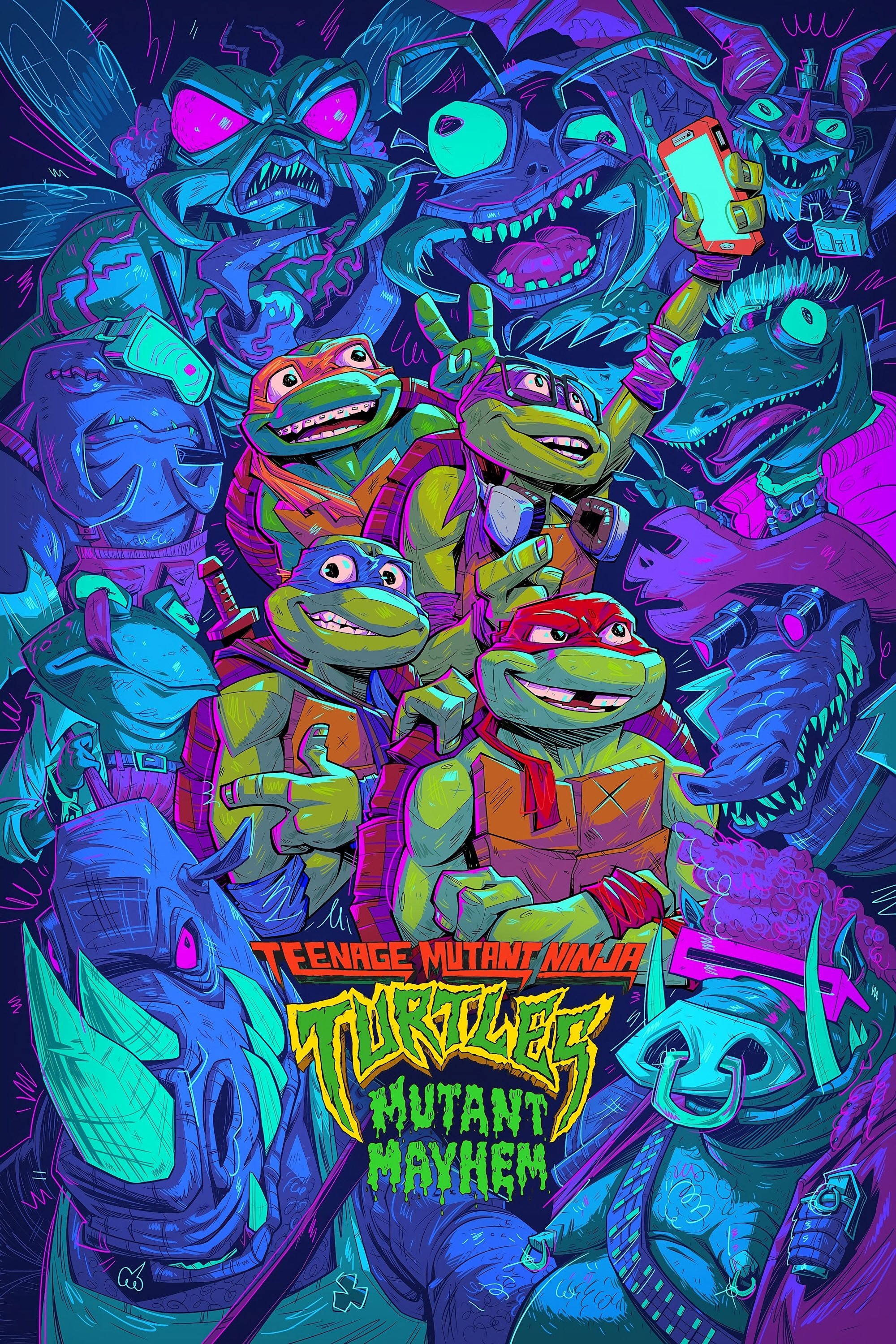 Paramount Pictures
Paramount PicturesThe heroes in a half shell had cycled through iterations without a lasting cinematic foothold. A new animated approach embraced sketchbook textures, teen voices, and street level energy that fit the characters perfectly.
Fresh character dynamics and a music infused vibe brought families and longtime fans together. Strong results reopened theatrical prospects, set up future adventures, and positioned the brand for cross platform growth.
Share your favorite franchise rescue mission in the comments and tell us which comeback you think worked best.

.jpeg)
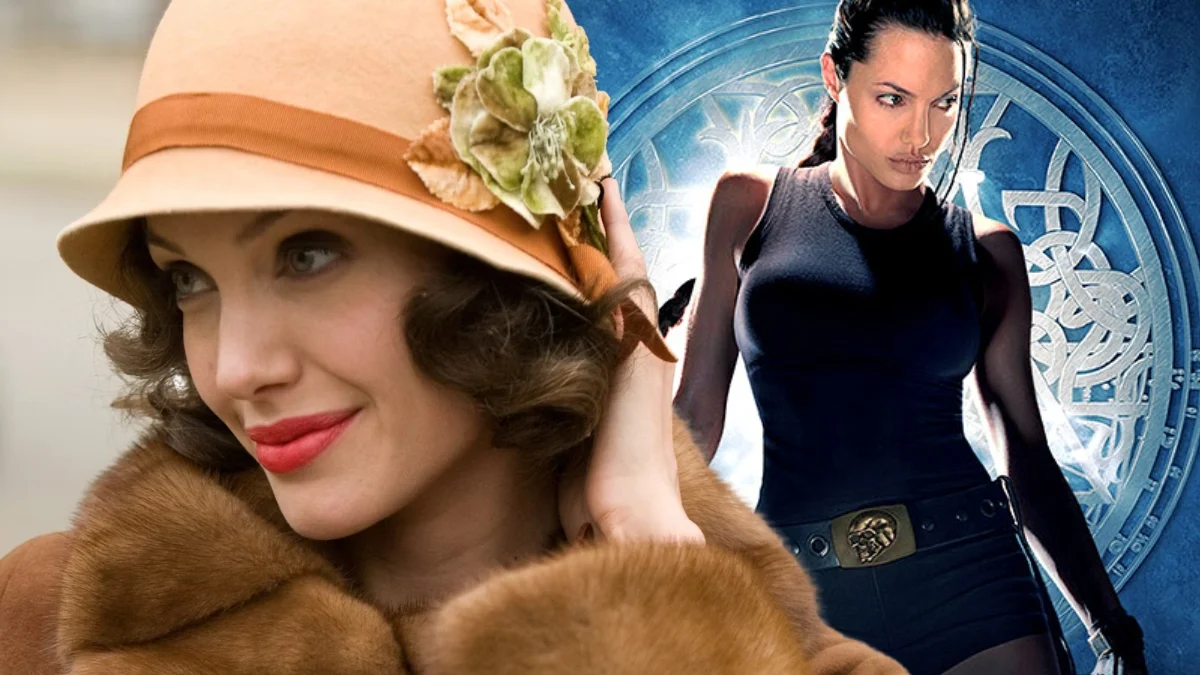
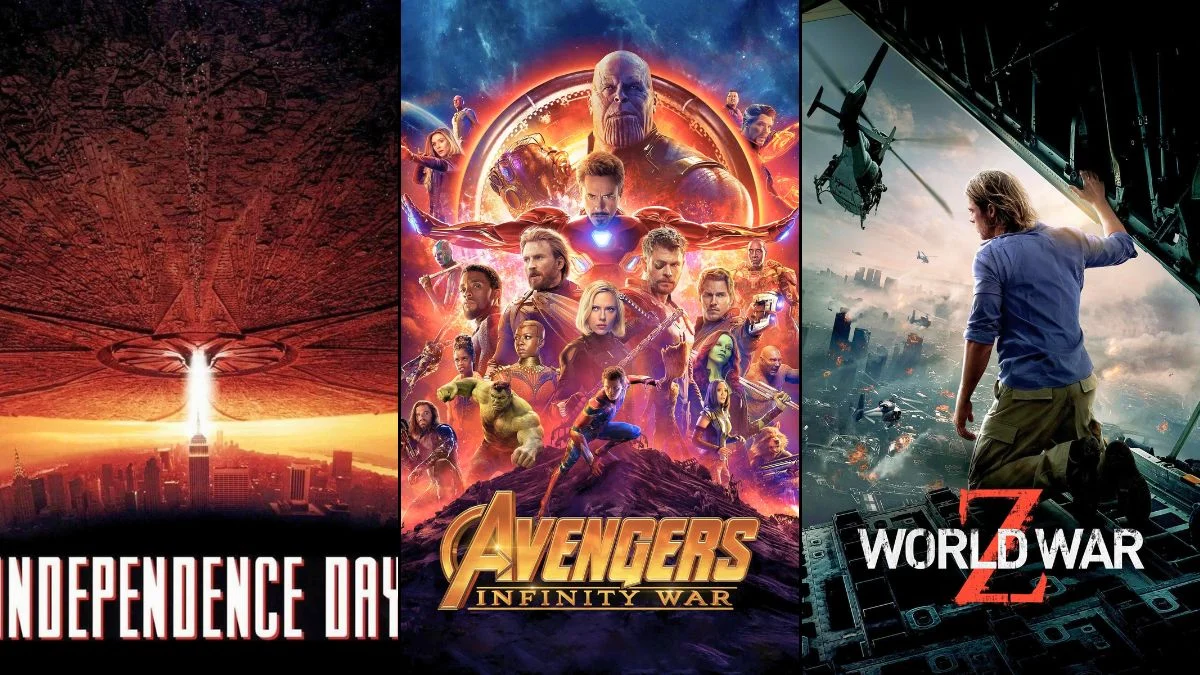



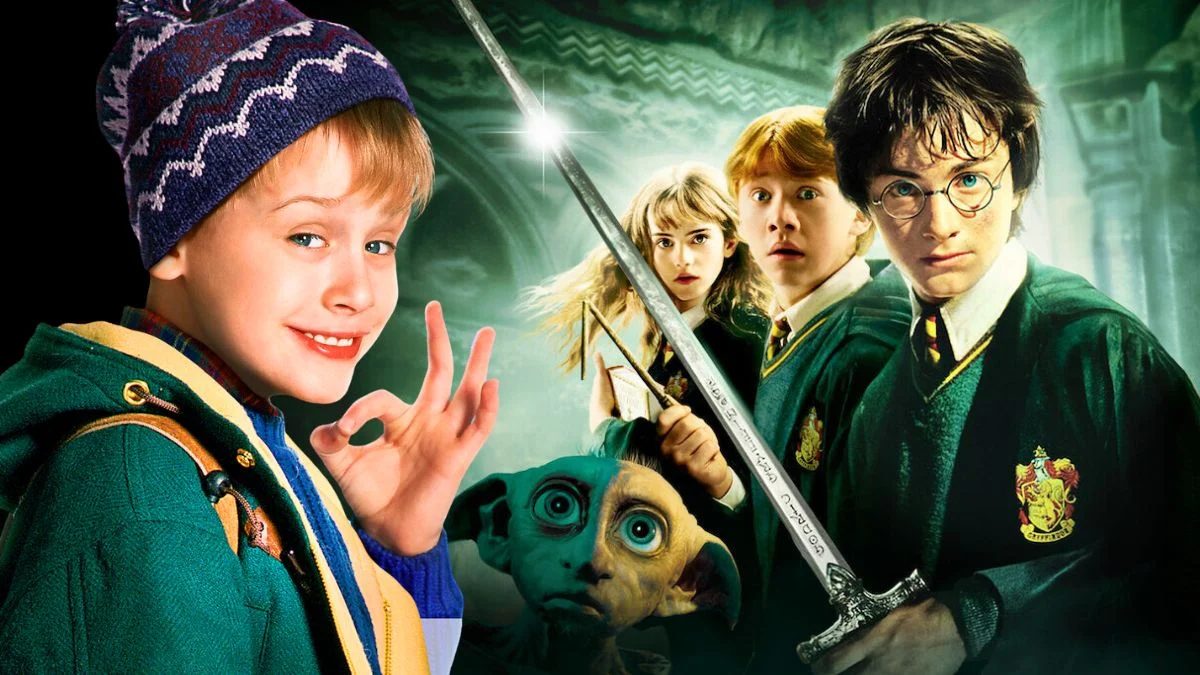
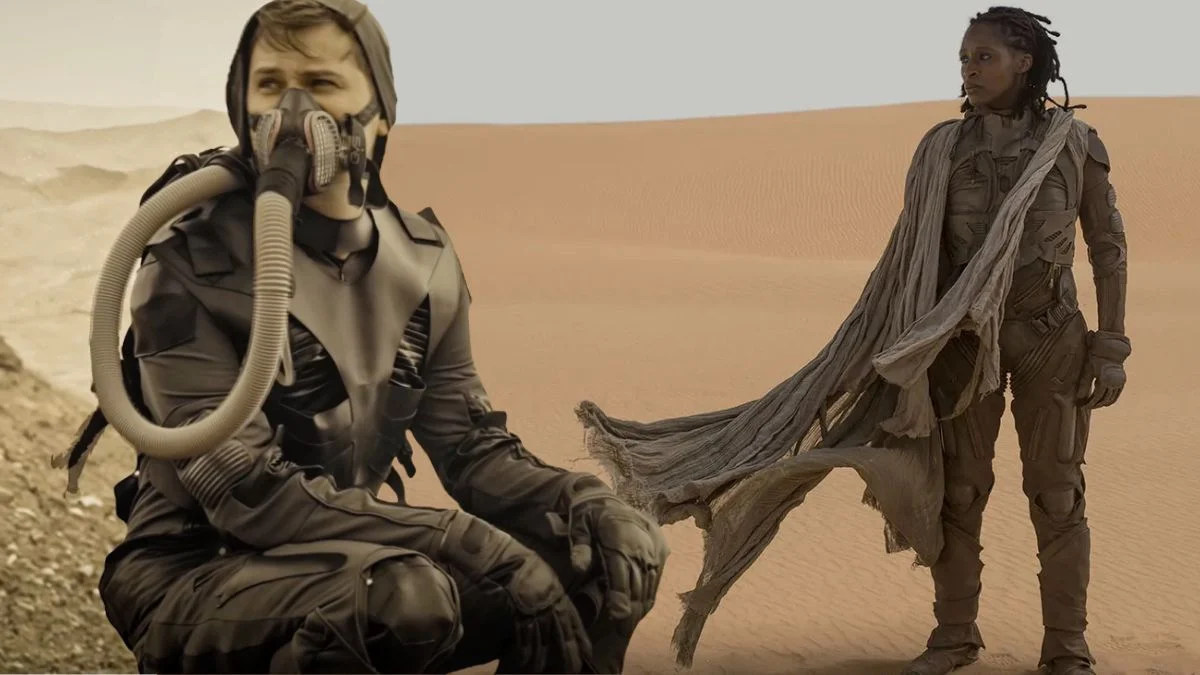
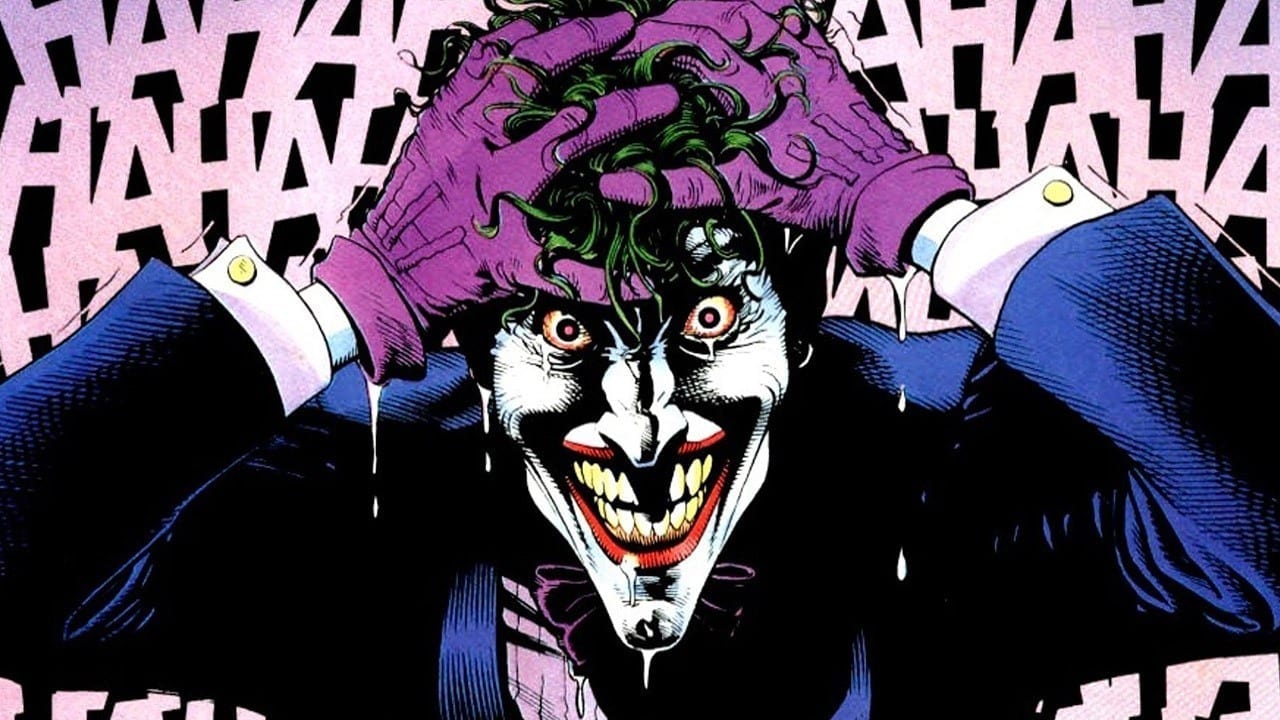
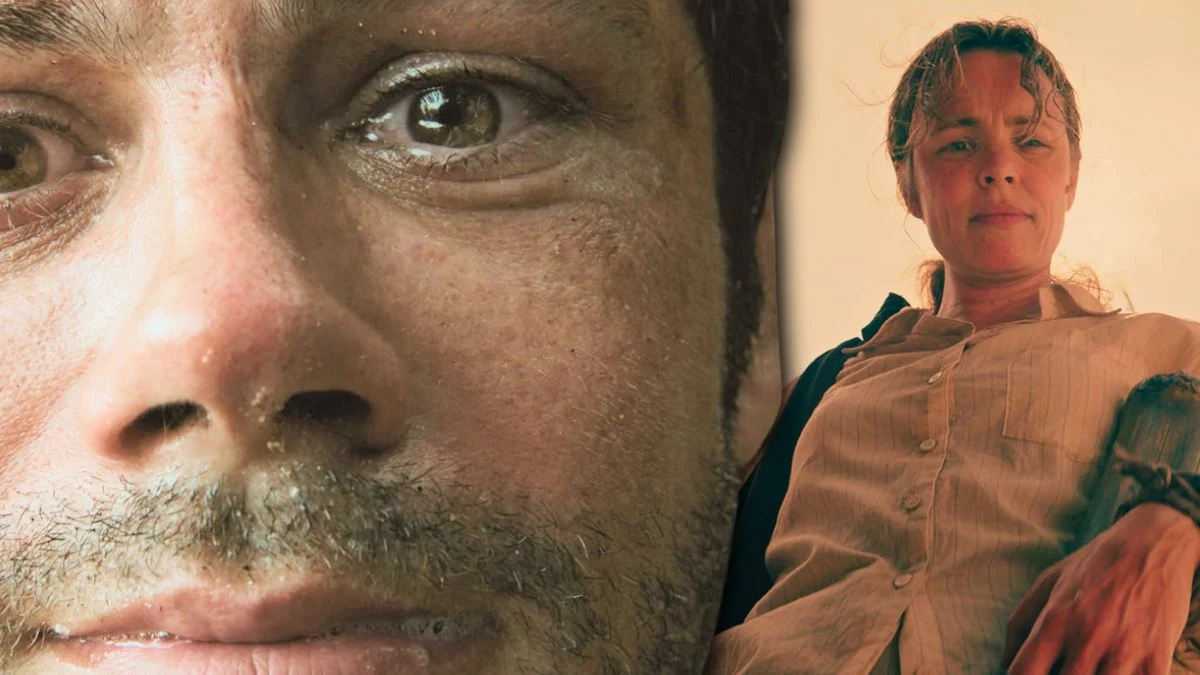
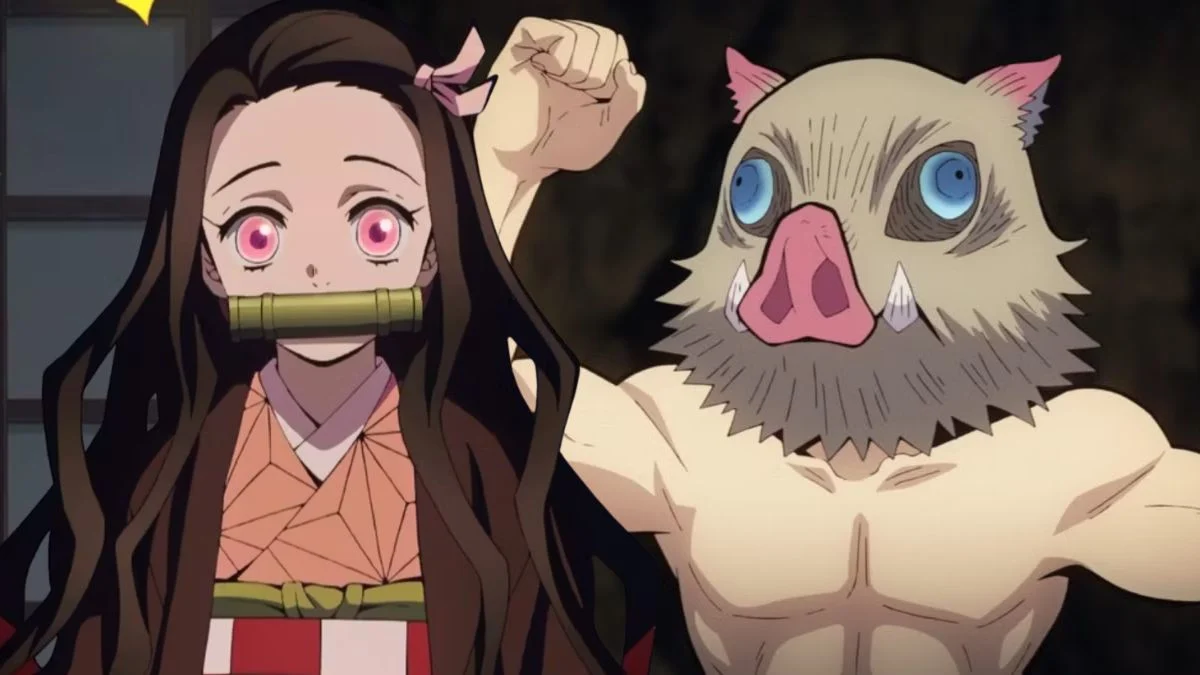
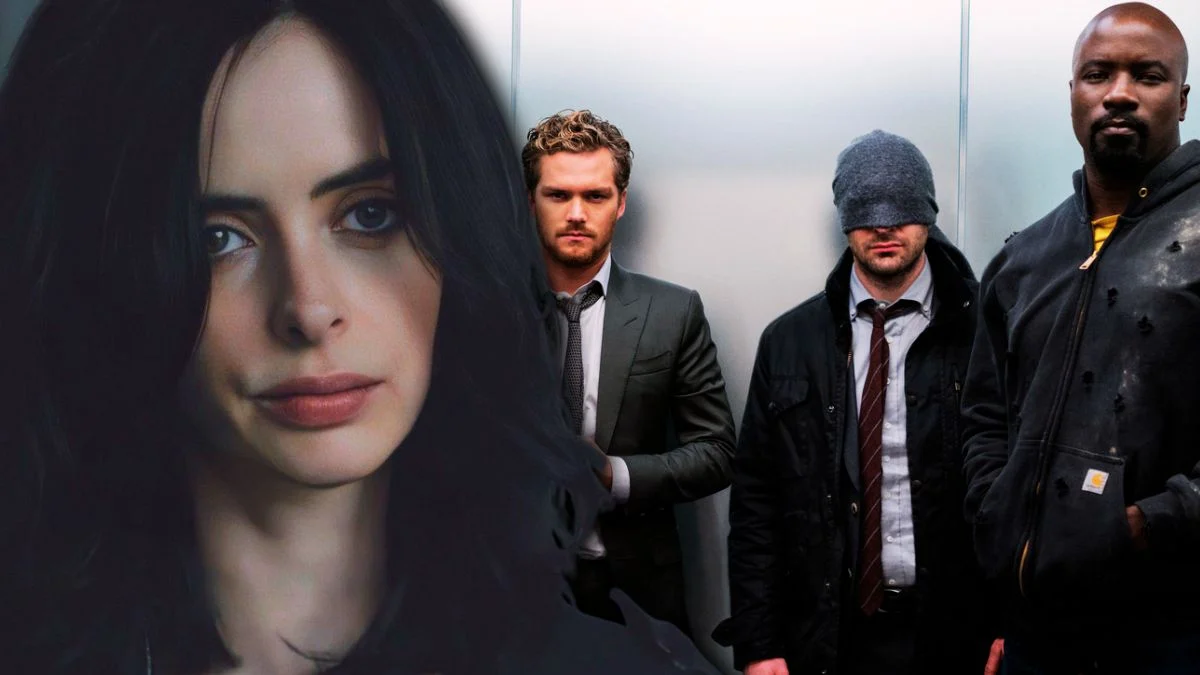

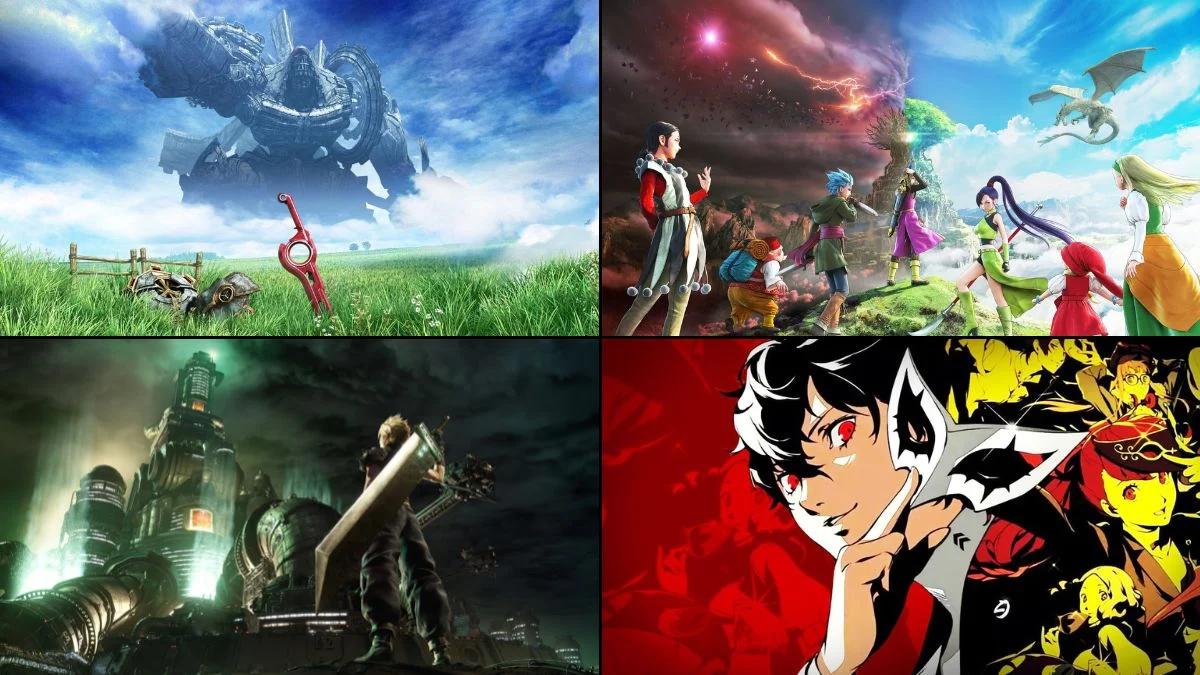



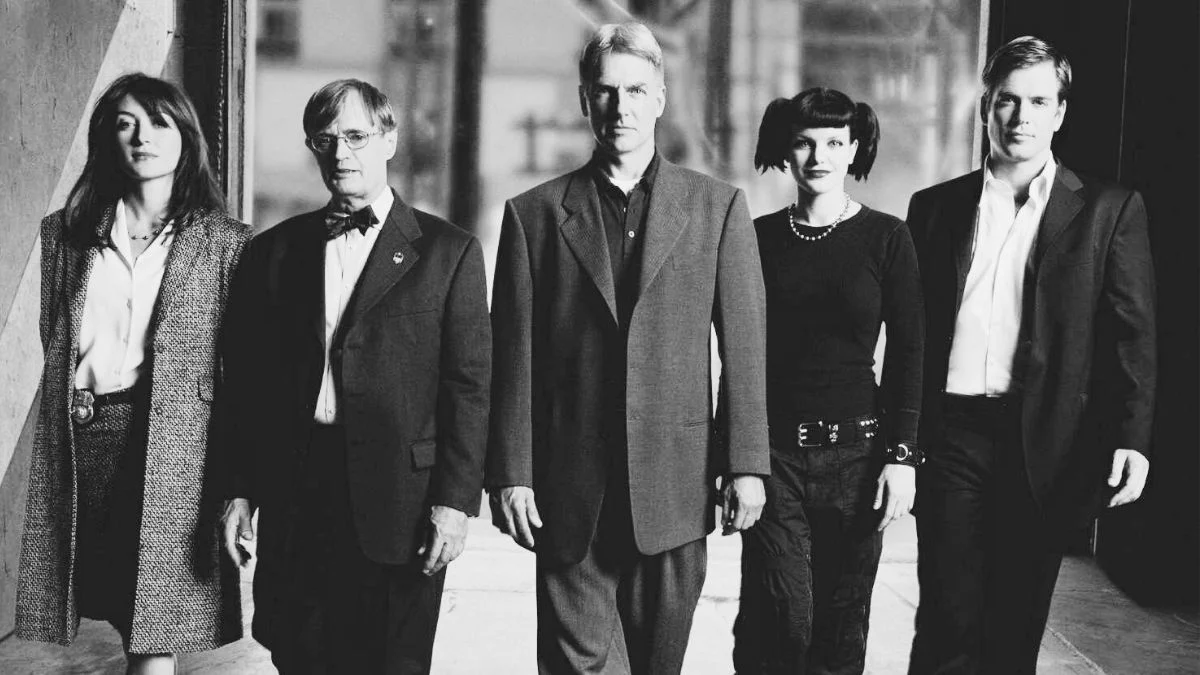
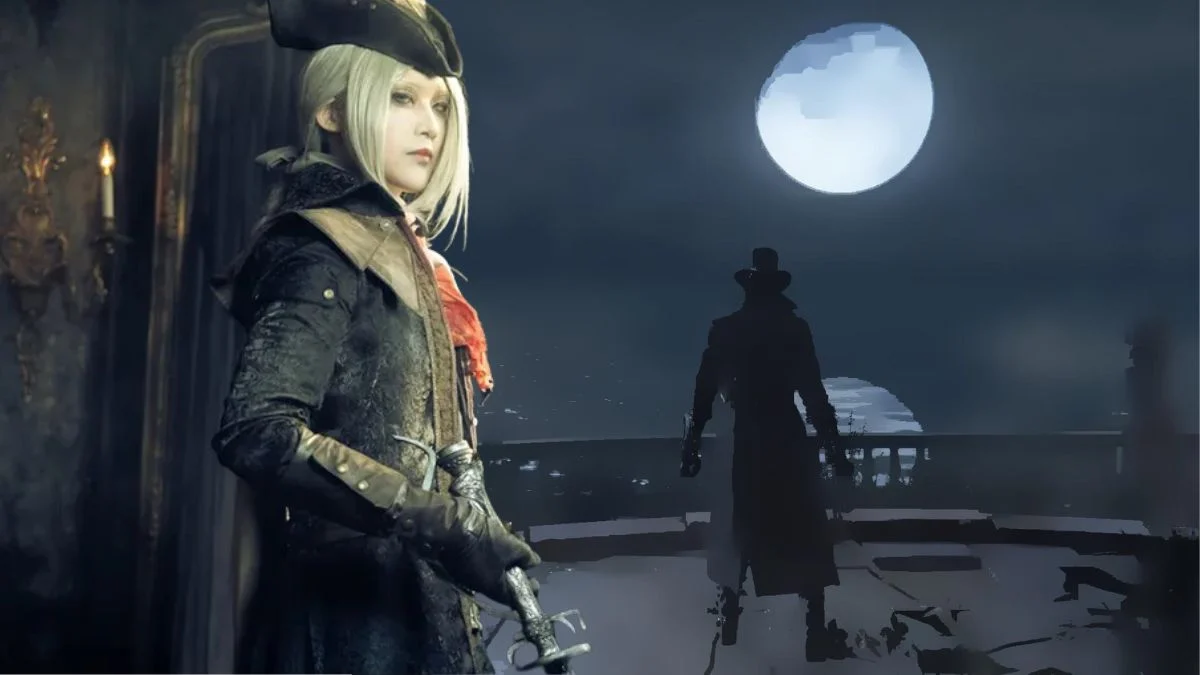




.jpeg)













 English (US) ·
English (US) ·